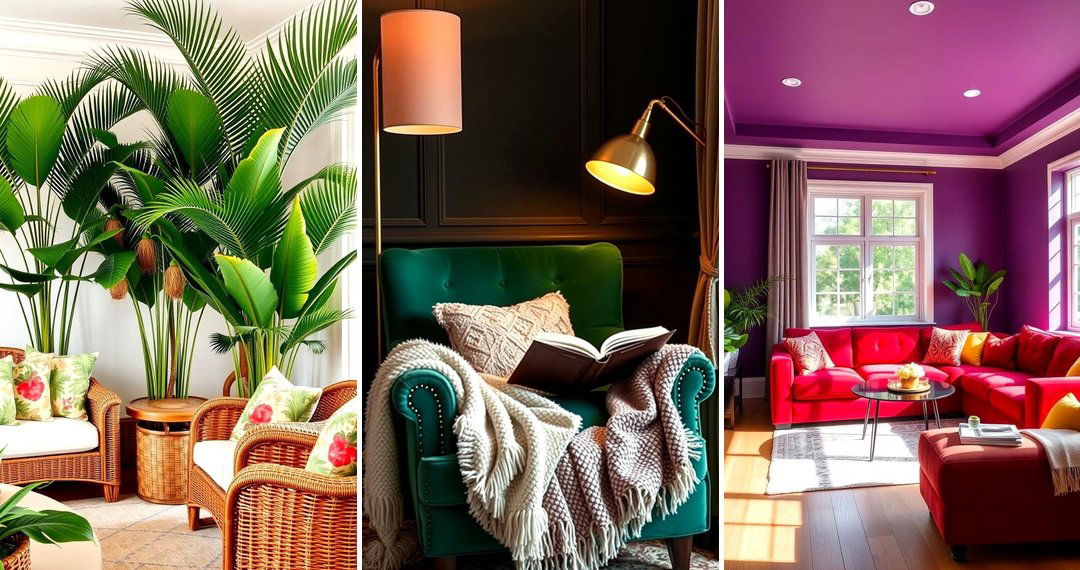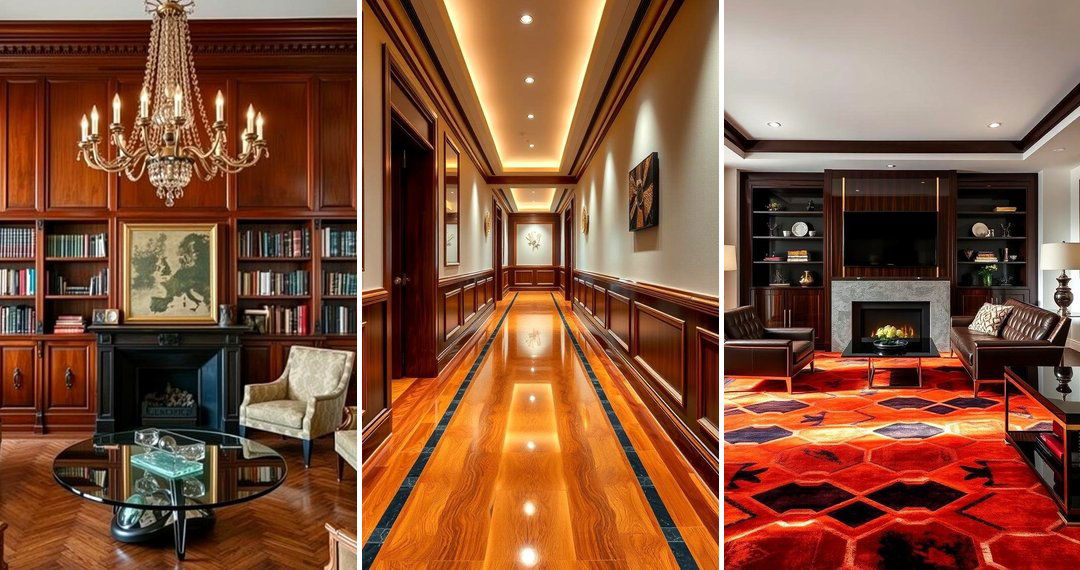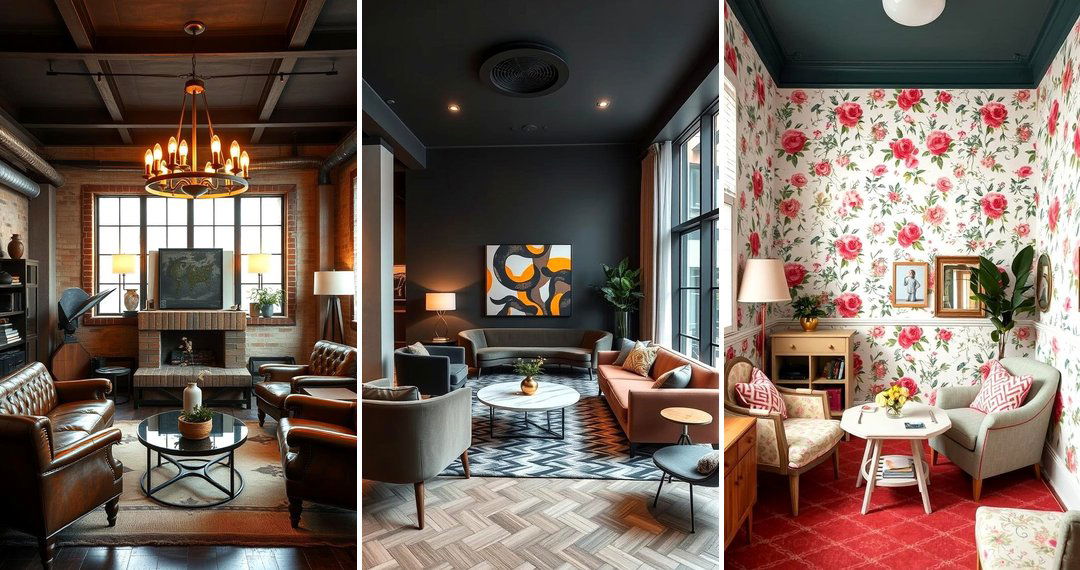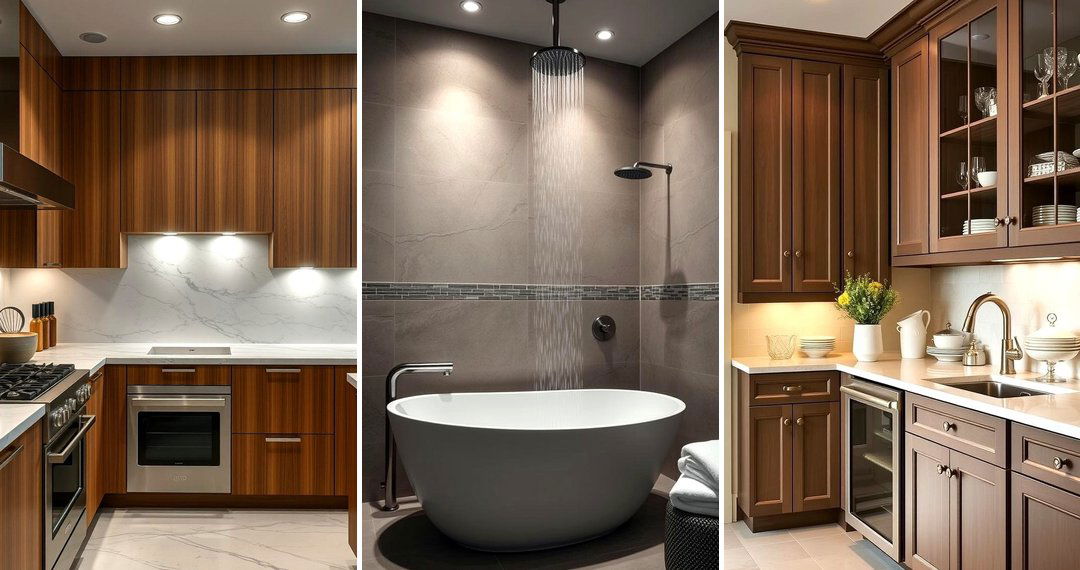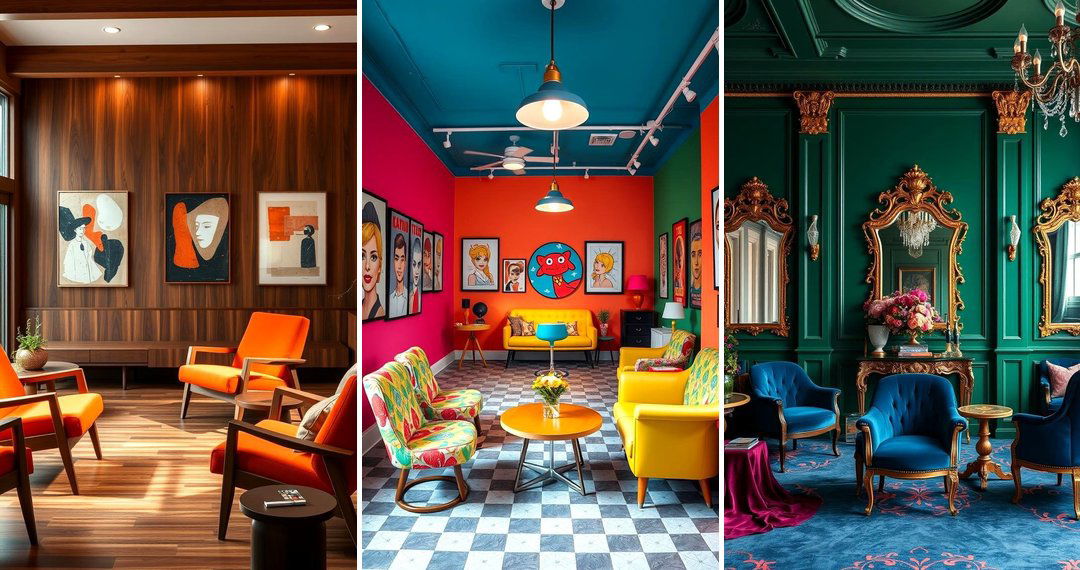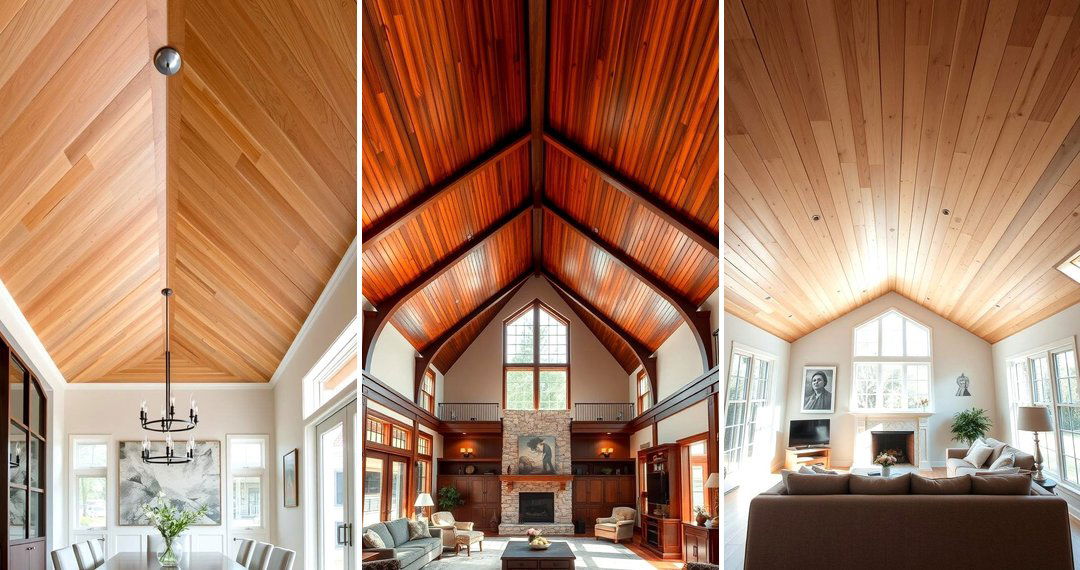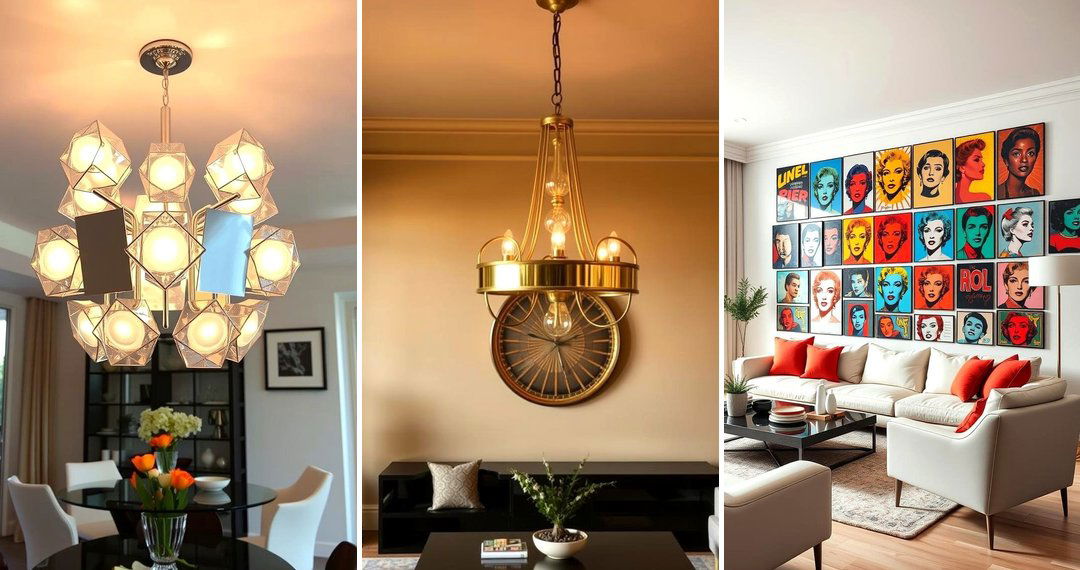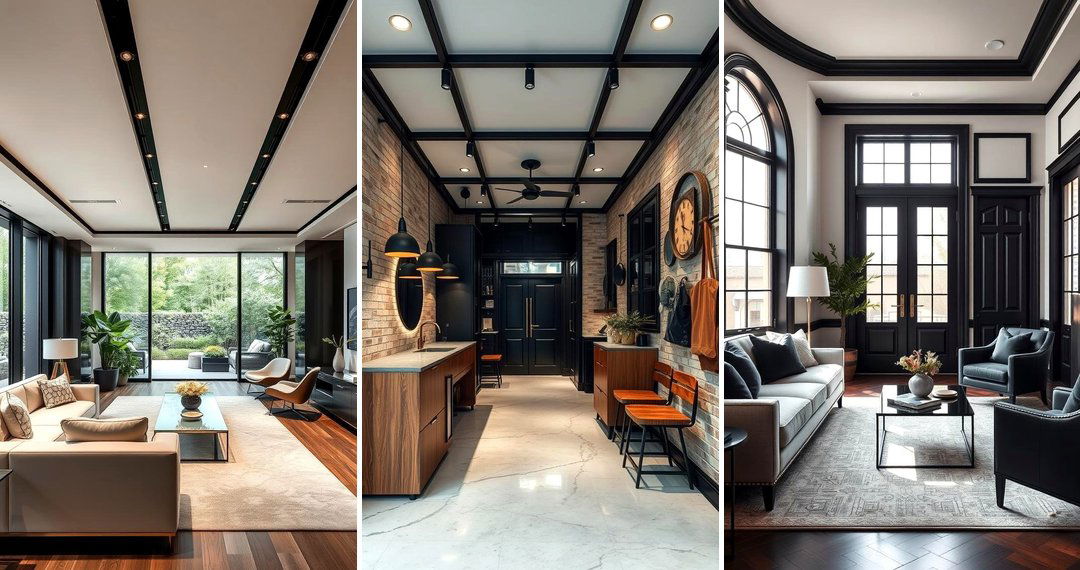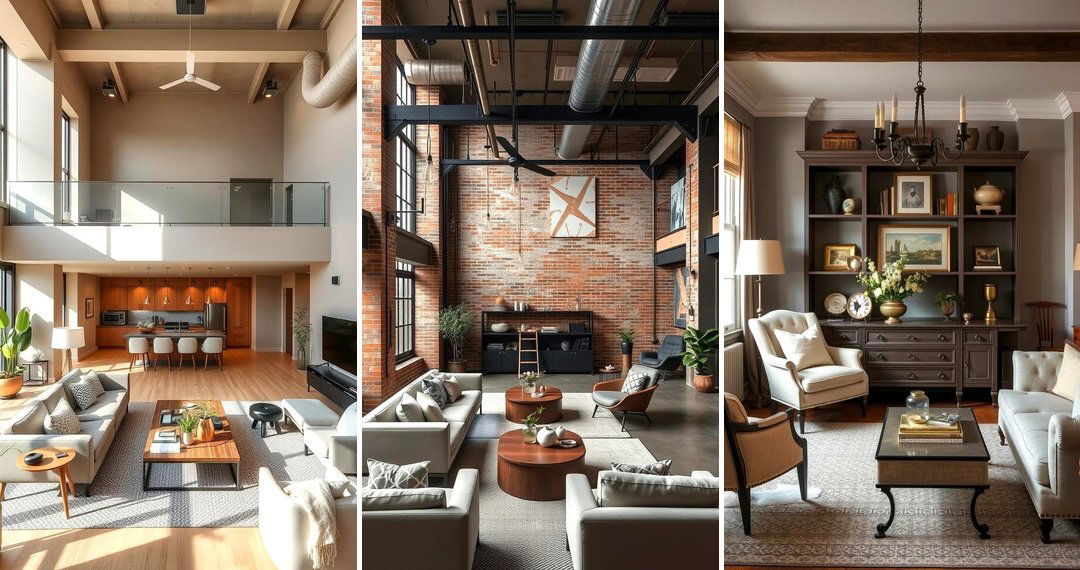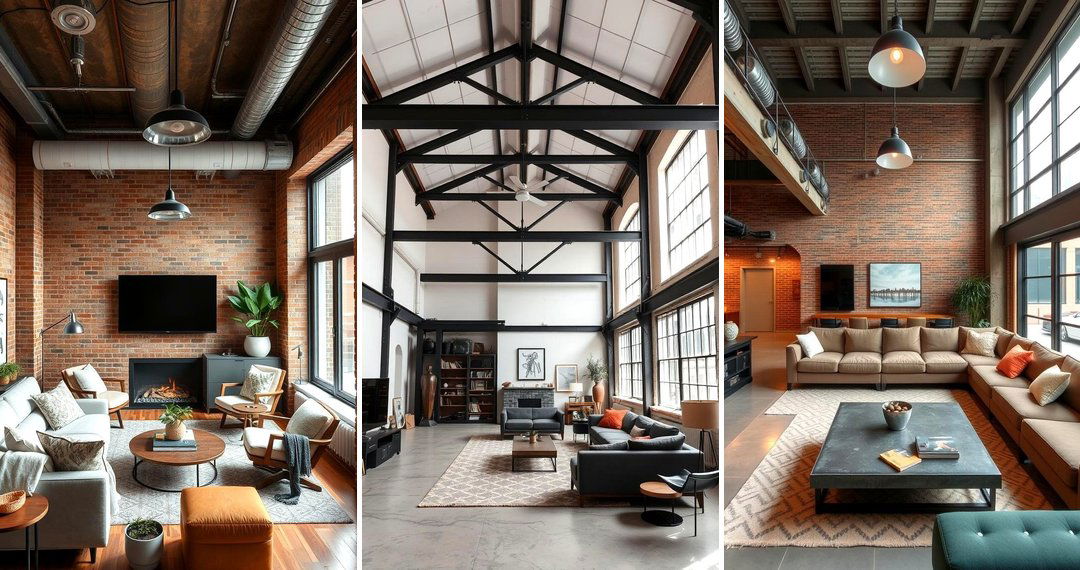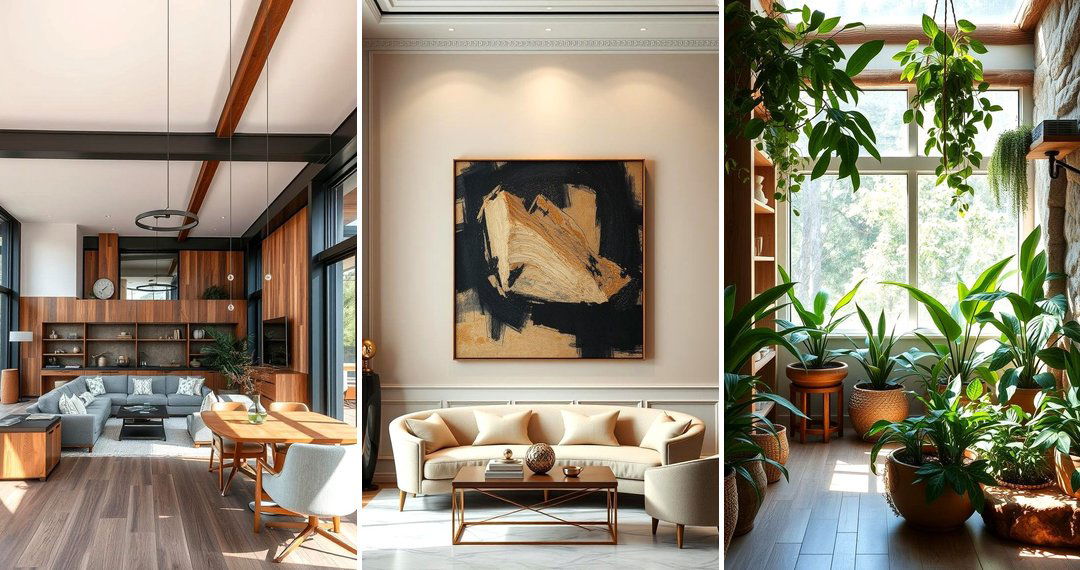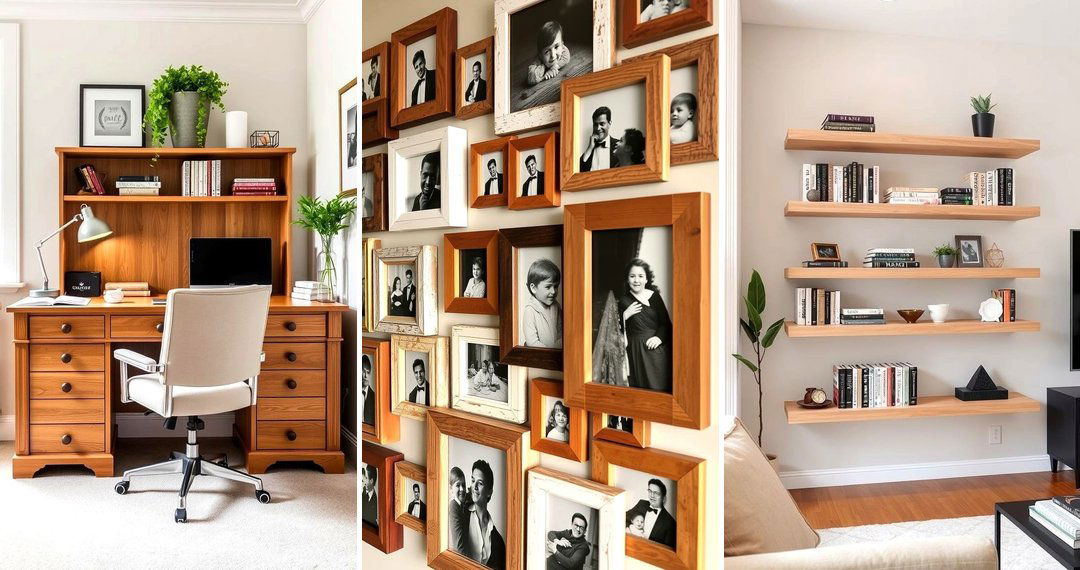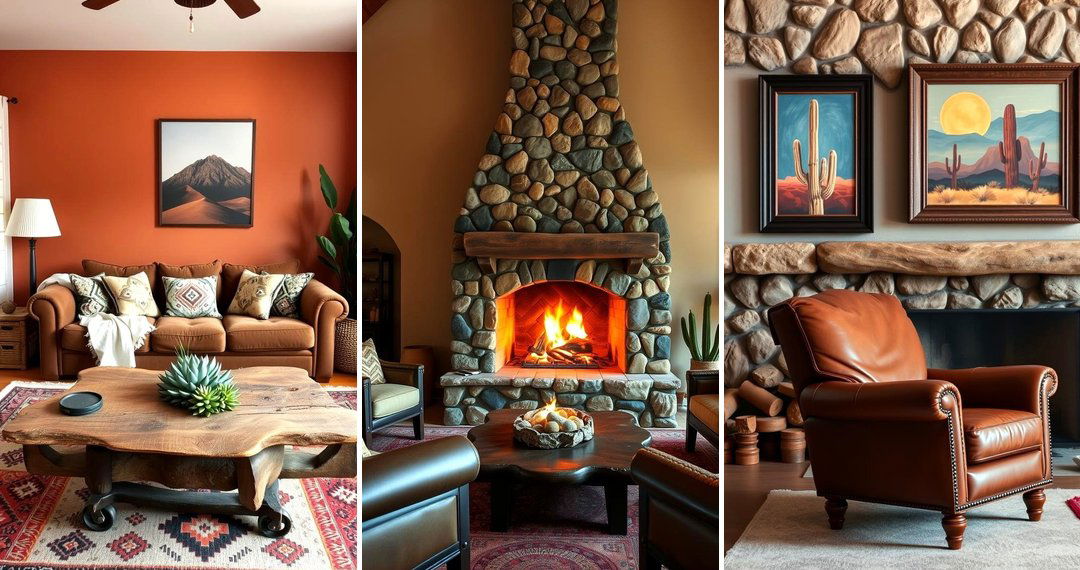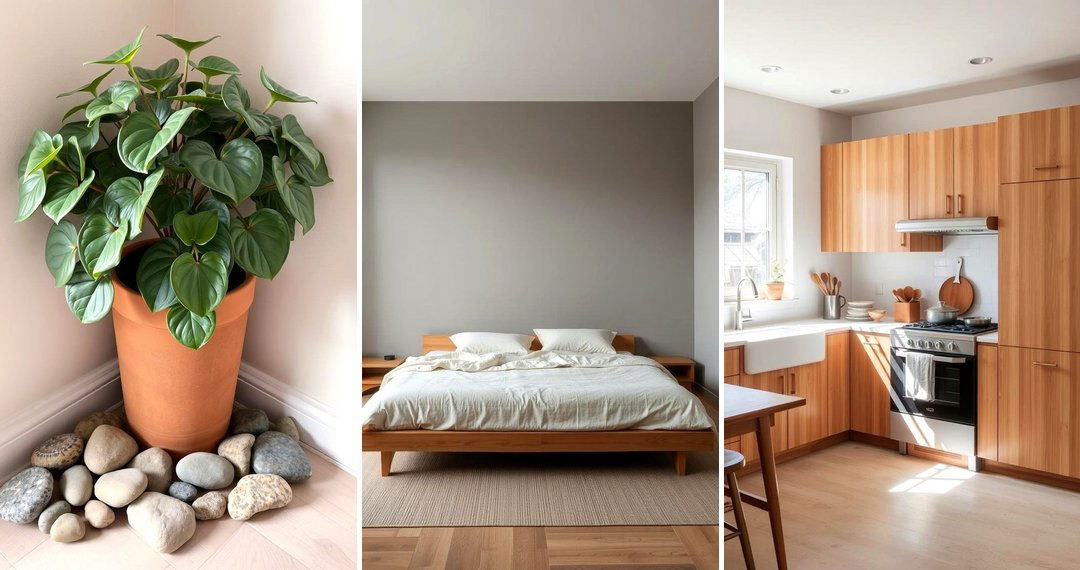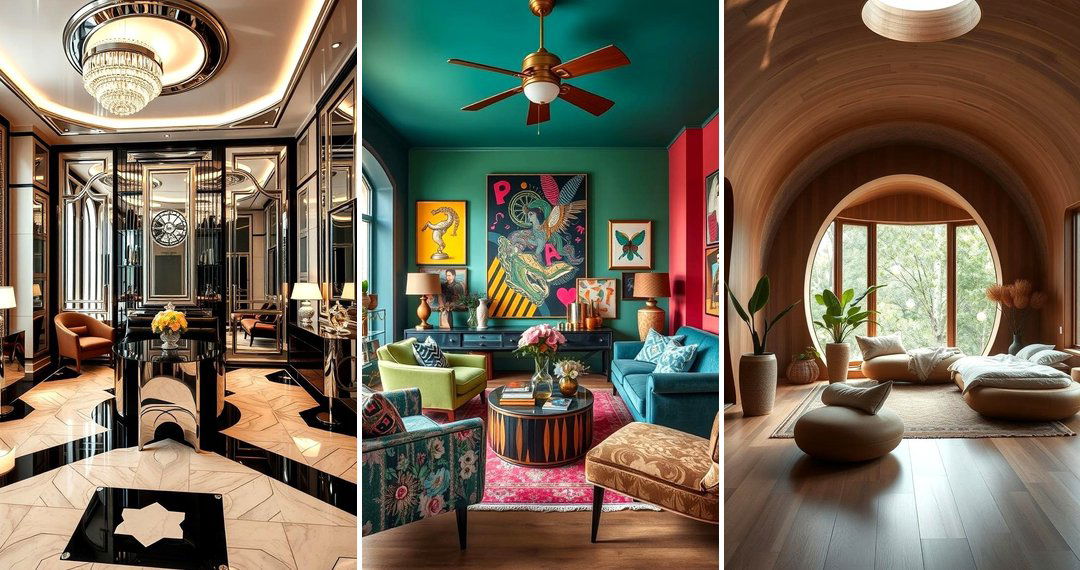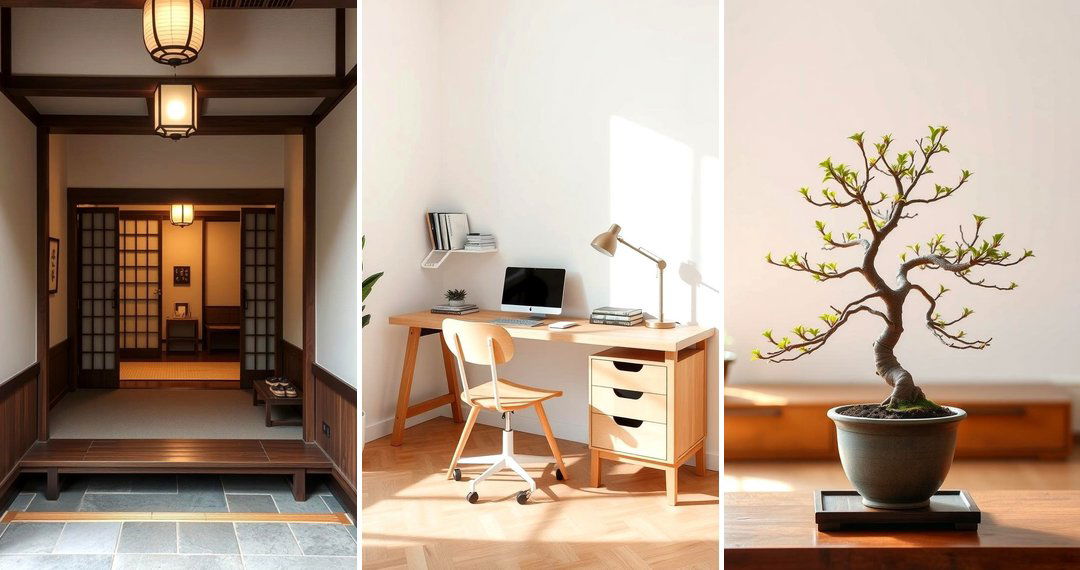Introduction
The 1990s was a transformative decade for interior design, bringing with it an eclectic mix of bold ideas and innovative trends. From the rich, earthy tones of the early 90s to the sleek, minimalistic looks of the late 90s, this era saw the fusion of comfort with modern flair. Whether it was the rise of open spaces, the revival of vintage styles, or the embrace of technology in design, the '90s helped shape the contemporary aesthetic we recognize today. Each design element from this period offers a unique perspective on how spaces can reflect personality, function, and style. Explore these 27 1990s interior design ideas to bring nostalgic charm and practical beauty to your home.
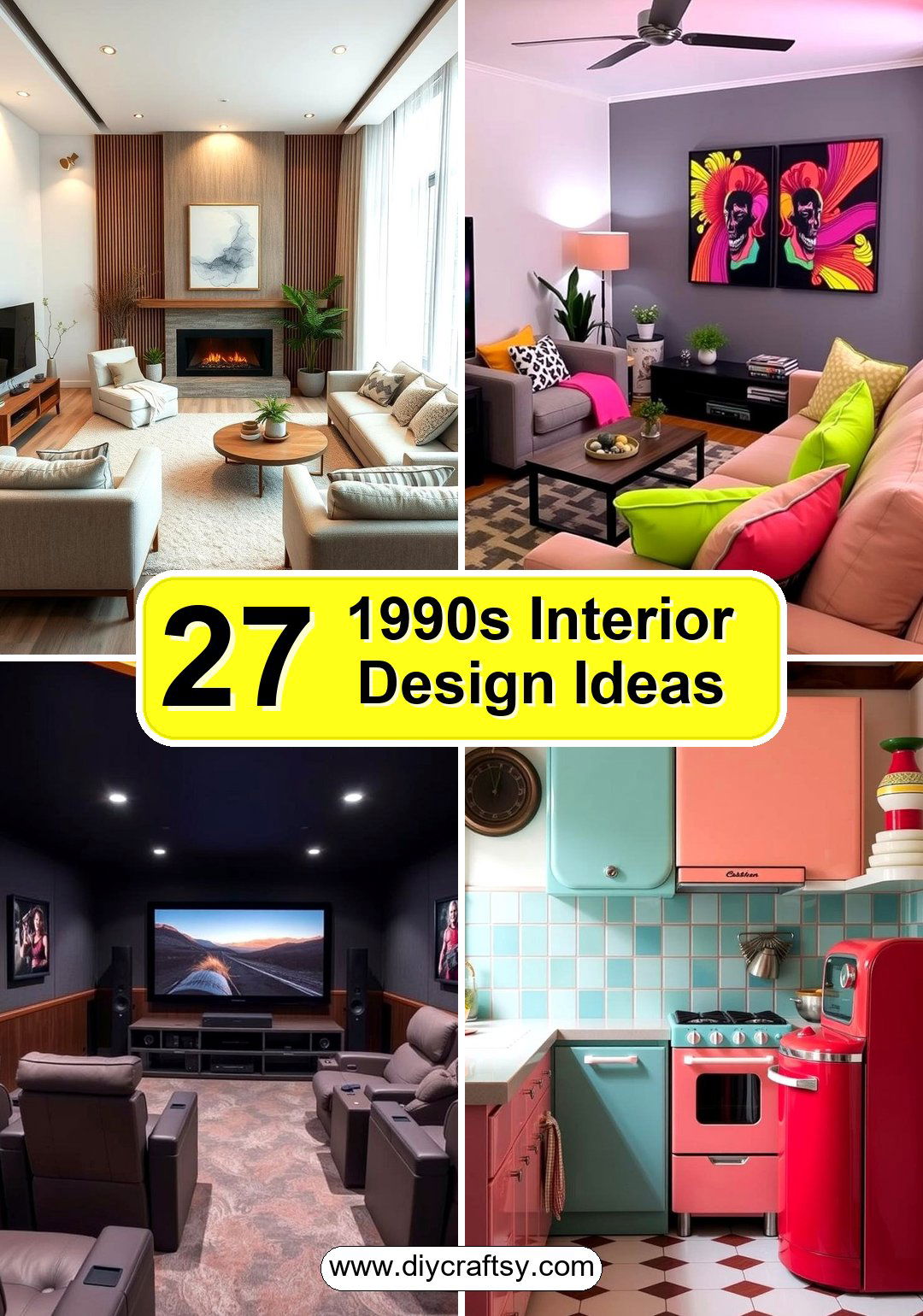
1. The Rise of Open Concept Layouts
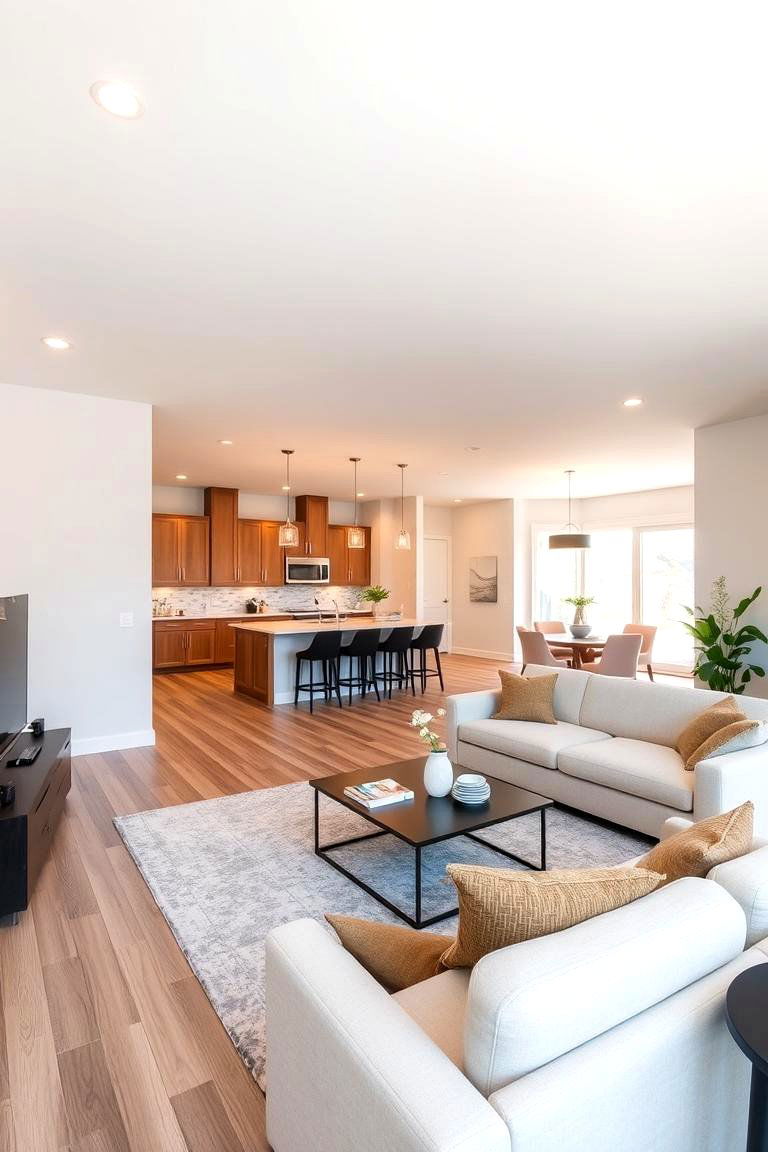
The 1990s saw the rise of open floor plans, breaking down walls between kitchens, living rooms, and dining areas. This transformation encouraged a sense of flow, making homes feel larger and more connected. Open concept designs promote better interaction between family members and guests while enhancing natural light throughout the home. The flexibility of these spaces allows for more multifunctional uses, adapting easily to different activities. This design shift paved the way for modern, airy living environments where each area seamlessly transitions into the next.
2. Earthy Tones and Warm Hues
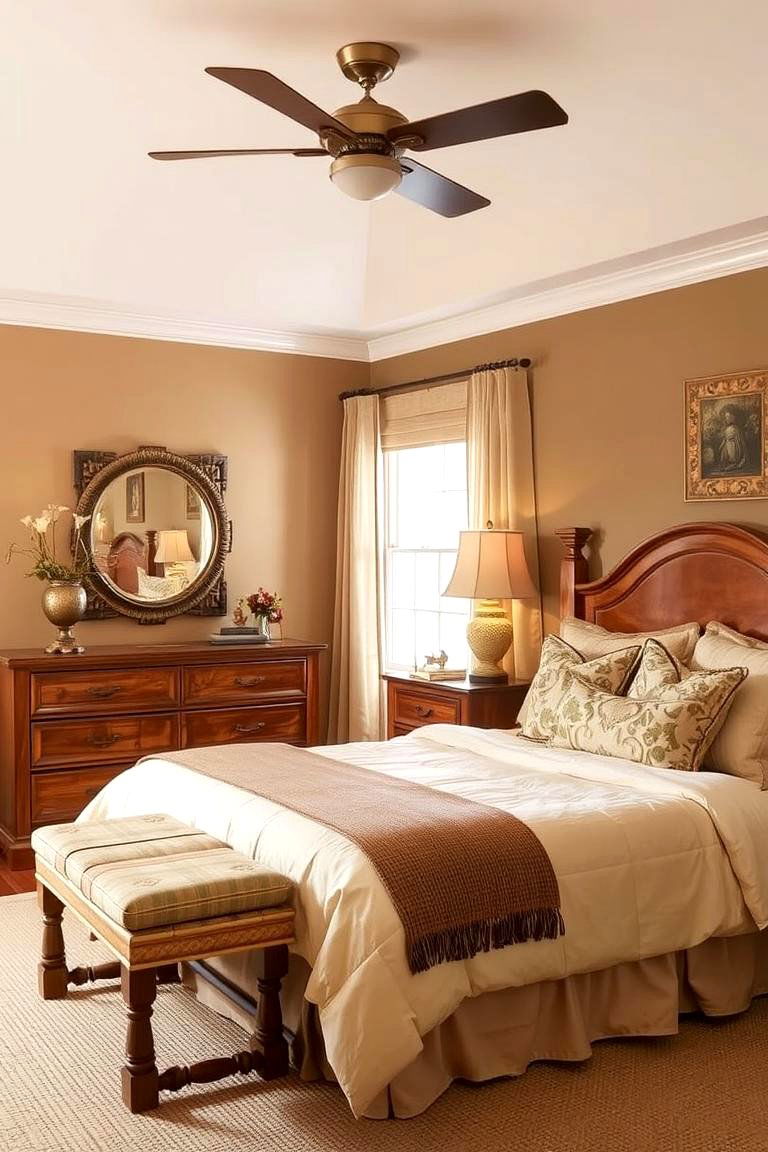
Rich earth tones became the go-to color palette for interiors in the 1990s. Think deep browns, warm beiges, and burnt oranges, reflecting a cozy, grounded feel. These shades create a welcoming atmosphere and are perfect for creating spaces that feel both relaxing and sophisticated. Earthy hues can make a room feel warmer, especially in cooler months, while still maintaining timeless appeal. The beauty of these colors lies in their versatility, pairing well with a variety of materials, from wood to stone, creating a natural, harmonious space.
3. Minimalism Meets Functionality
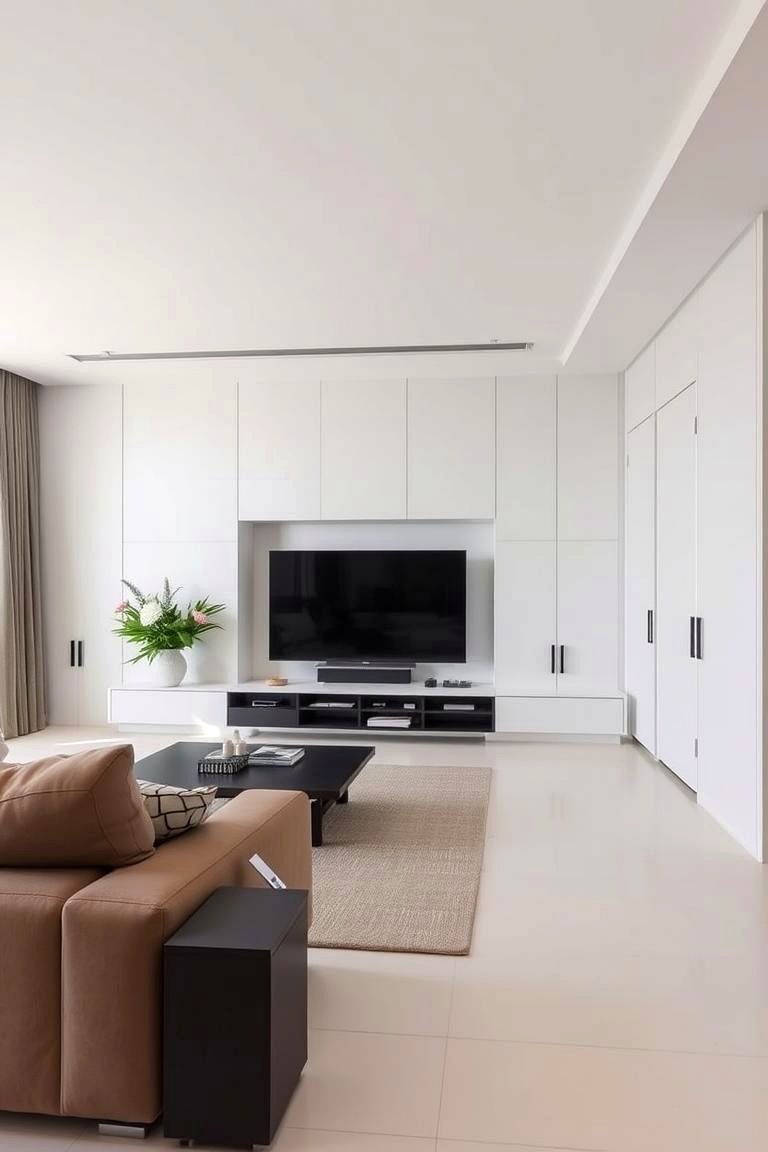
The 1990s embraced minimalist design, but with a unique twist — it wasn't just about creating empty spaces; it was about functional simplicity. Furniture pieces were sleek and practical, often featuring clean lines, neutral colors, and hidden storage solutions. This combination of style and utility helped people create clutter-free living environments without sacrificing comfort. The minimalism of the '90s offered a balance between open, airy spaces and practical, everyday functionality, making it a perfect choice for busy, modern lifestyles.
4. The Reign of Bold Patterns
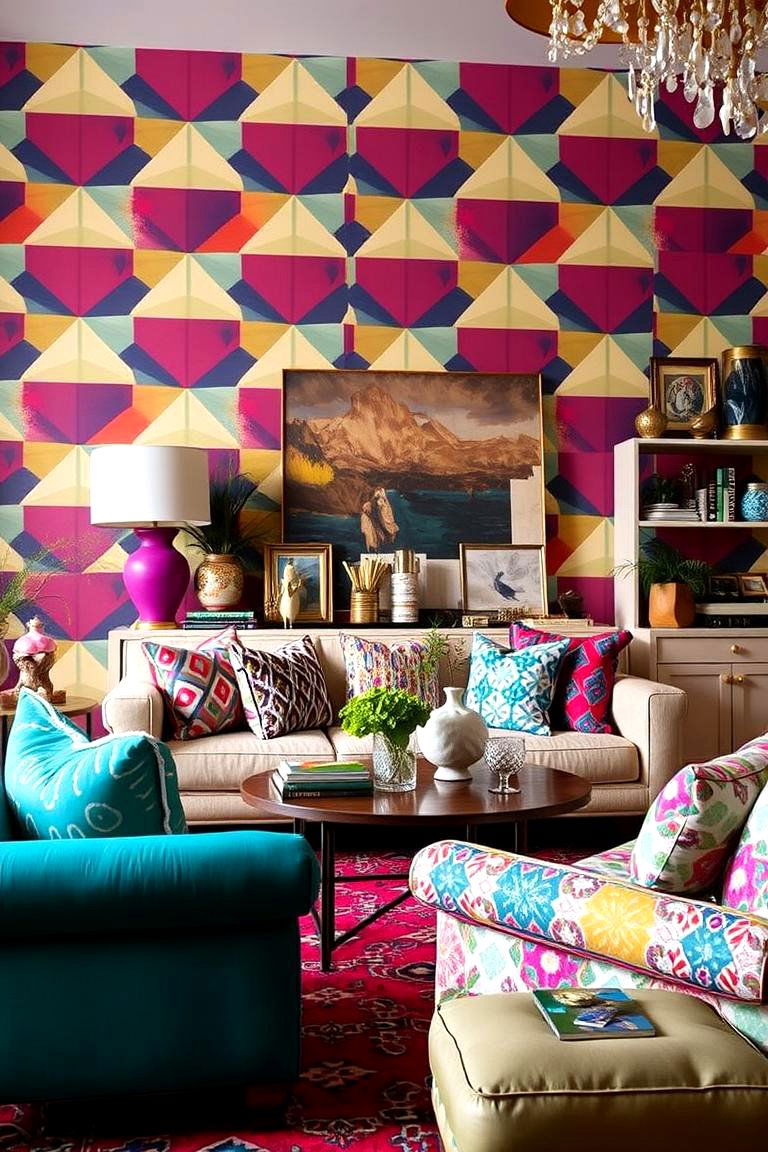
Patterned wallpaper, geometric prints, and vibrant textiles were all the rage in the 1990s. Bold patterns added personality and dynamism to interiors, creating focal points in living rooms, bedrooms, and even kitchens. From floral wallpapers to bright, contrasting textiles, these designs brought a sense of creativity to homes. In the 1990s, patterns weren’t just for walls or upholstery — they were a key part of the overall design aesthetic, allowing homeowners to express their unique style and personality in every room.
5. The Influence of Grunge and Industrial Design
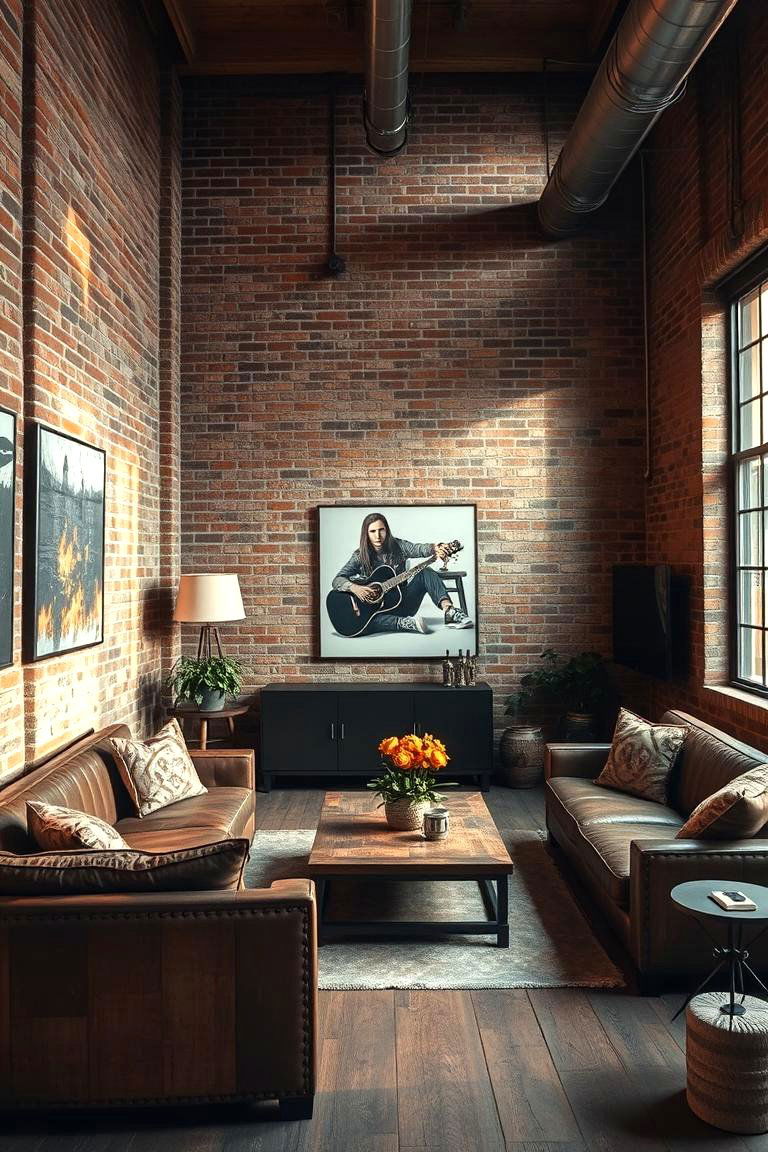
The grunge movement heavily influenced interior design in the 1990s, introducing raw, industrial elements into modern homes. Exposed brick walls, metal finishes, and distressed wood became common features in homes, reflecting the urban, rebellious spirit of the era. These design elements offered a stark contrast to the polished surfaces of the '80s, creating a more rugged, earthy vibe. Incorporating industrial accents into your home provides a sense of raw authenticity, perfect for those who appreciate edgy, modern aesthetics.
6. The Revival of Vintage Furniture
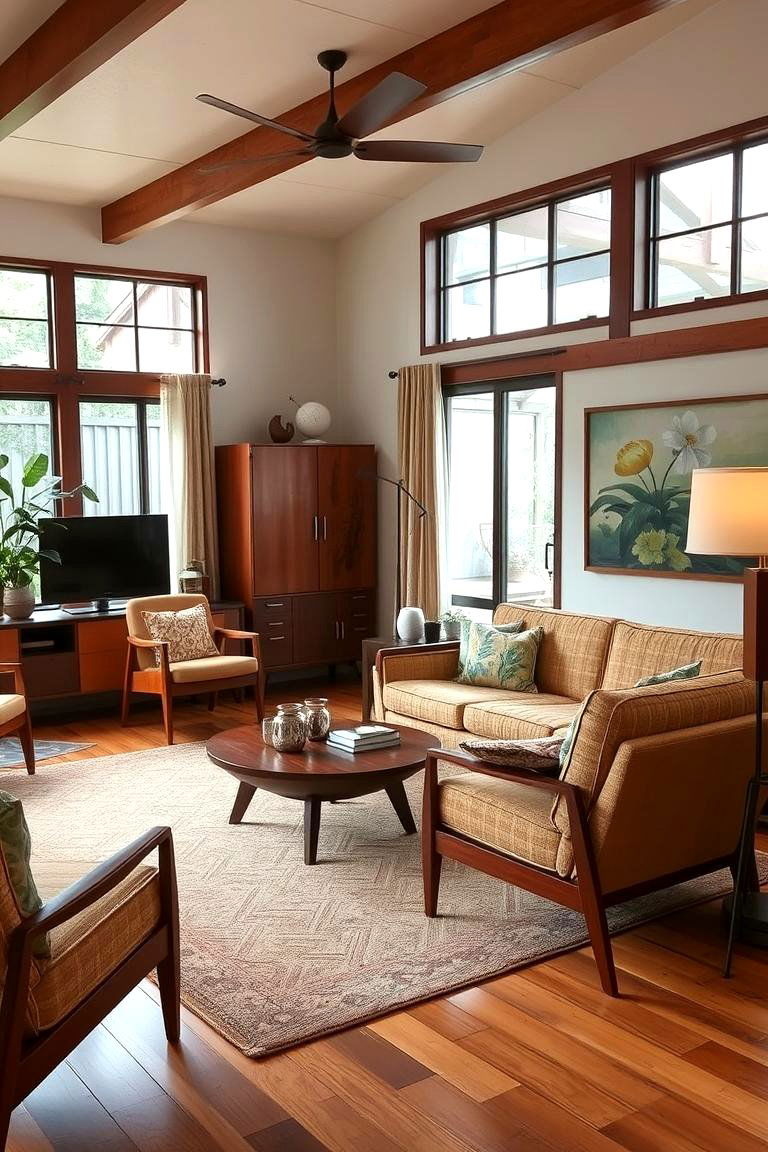
The 1990s marked a period of nostalgia as vintage furniture found its way back into popular design. Antique pieces, especially from the 1960s and 1970s, were reimagined and mixed with modern elements to create unique, eclectic interiors. Mid-century modern furniture, with its simple yet elegant design, became particularly sought after. Vintage items added character and history to spaces, helping homeowners create homes that felt personal, timeless, and filled with stories. This design trend encouraged mixing and matching, making spaces feel lived-in and full of charm.
7. The Explosion of Home Theaters
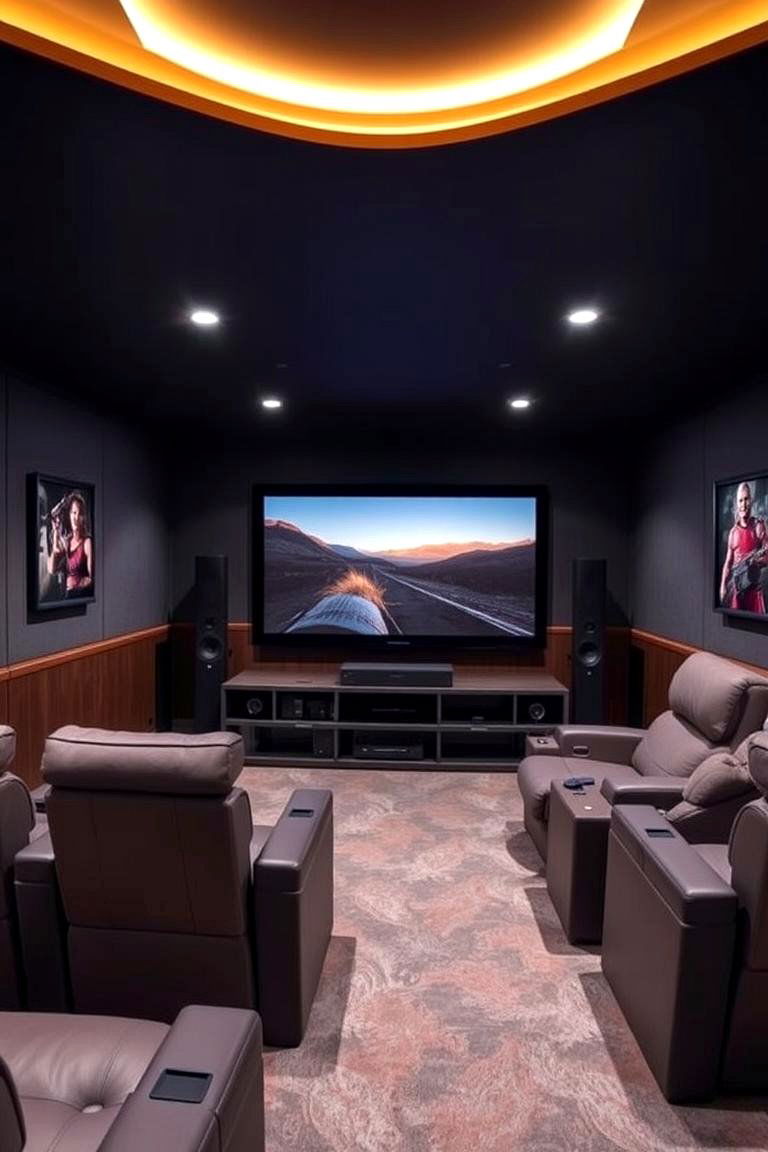
As technology began to advance in the 1990s, home entertainment became a central focus in interior design. The rise of home theater systems, complete with surround sound and big-screen TVs, transformed how we viewed spaces for relaxation and entertainment. Rooms were often redesigned to accommodate larger TVs, cozy seating, and high-tech audio equipment. A dedicated home theater area became a symbol of modern luxury, where families could enjoy cinematic experiences in the comfort of their own homes.
8. The Popularity of Feng Shui
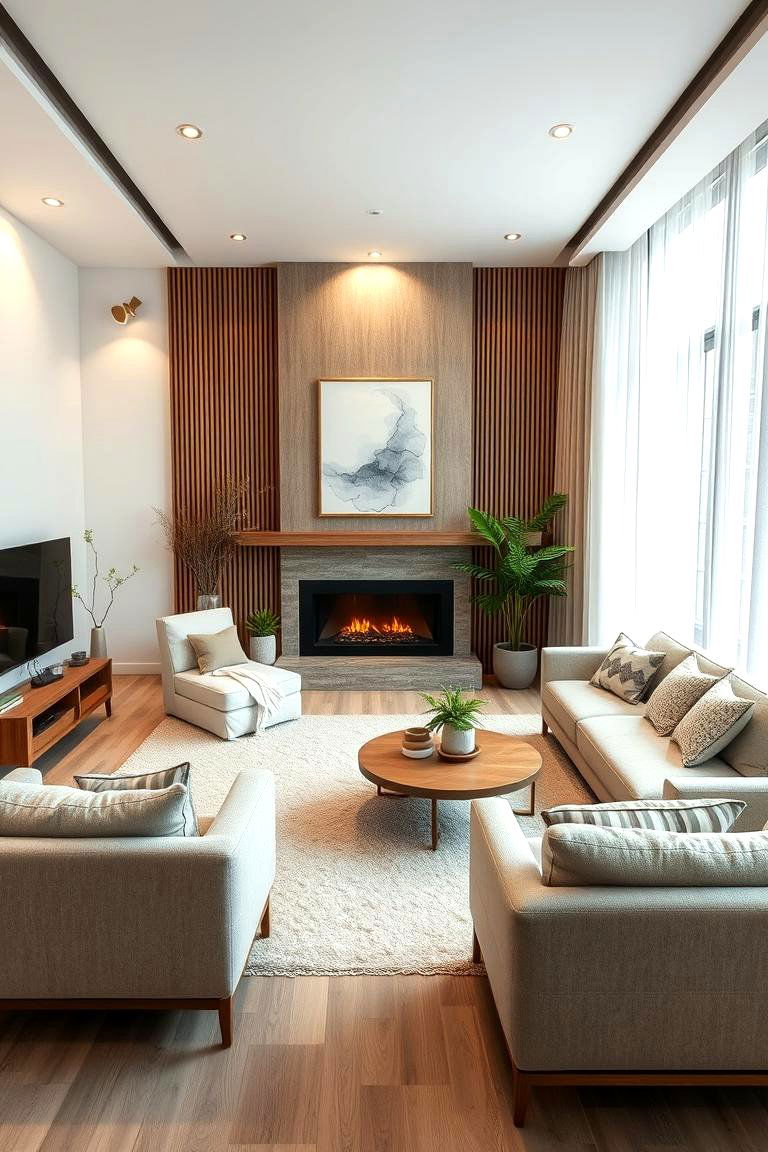
Feng Shui made its way into Western homes in the 1990s, offering a method of designing spaces that encouraged balance and positive energy. This ancient Chinese practice focuses on arranging furniture and decor to create harmony between the elements of earth, water, fire, and air. By strategically placing objects and furniture, Feng Shui promotes well-being and calm, making it a popular choice for those seeking tranquility in their homes. Integrating Feng Shui into interior design not only enhances aesthetics but also fosters a more peaceful, harmonious environment.
9. Soft, Plush Fabrics
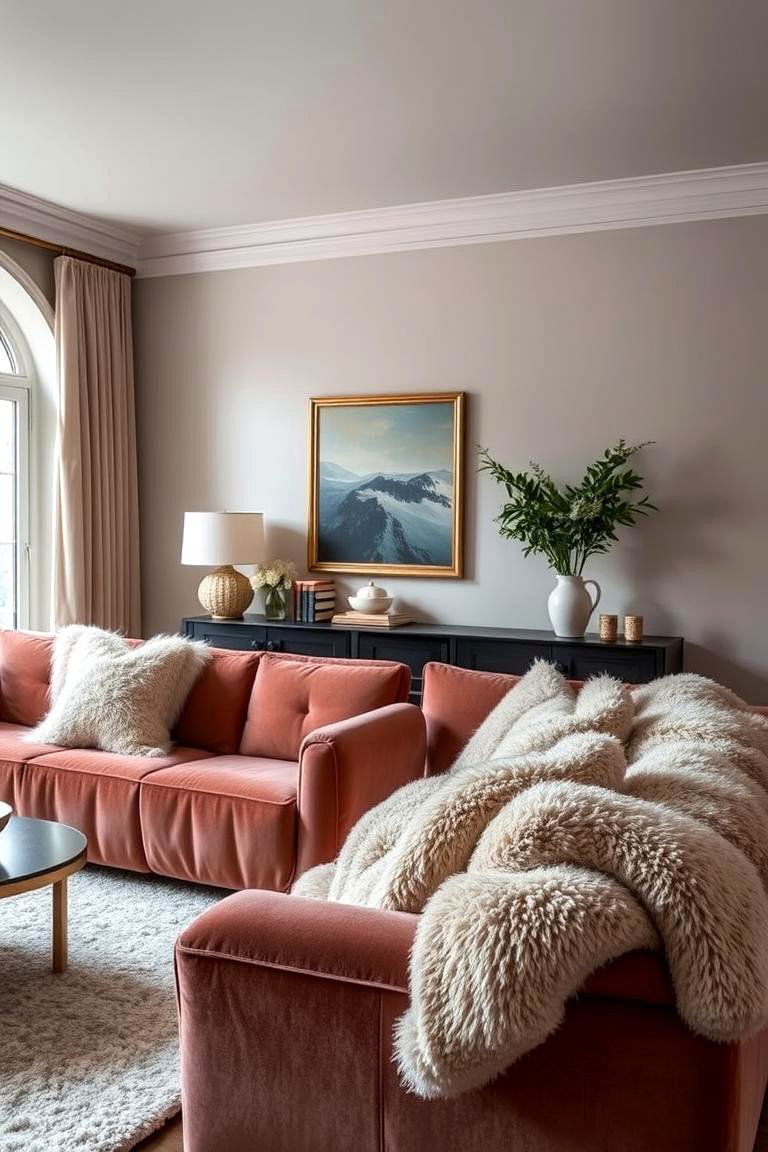
Comfort was key in 1990s interiors, with soft fabrics like velvet, chenille, and suede taking center stage. These plush materials added a layer of luxury and coziness to sofas, curtains, and bedding, making them perfect for creating relaxing spaces. Soft fabrics not only provided tactile comfort but also contributed to the overall visual appeal of a room, with their rich textures adding depth and warmth. Whether it was for a living room or bedroom, plush fabrics made spaces feel inviting and indulgent, encouraging a sense of relaxation and well-being.
10. Clutter-Free Kitchens
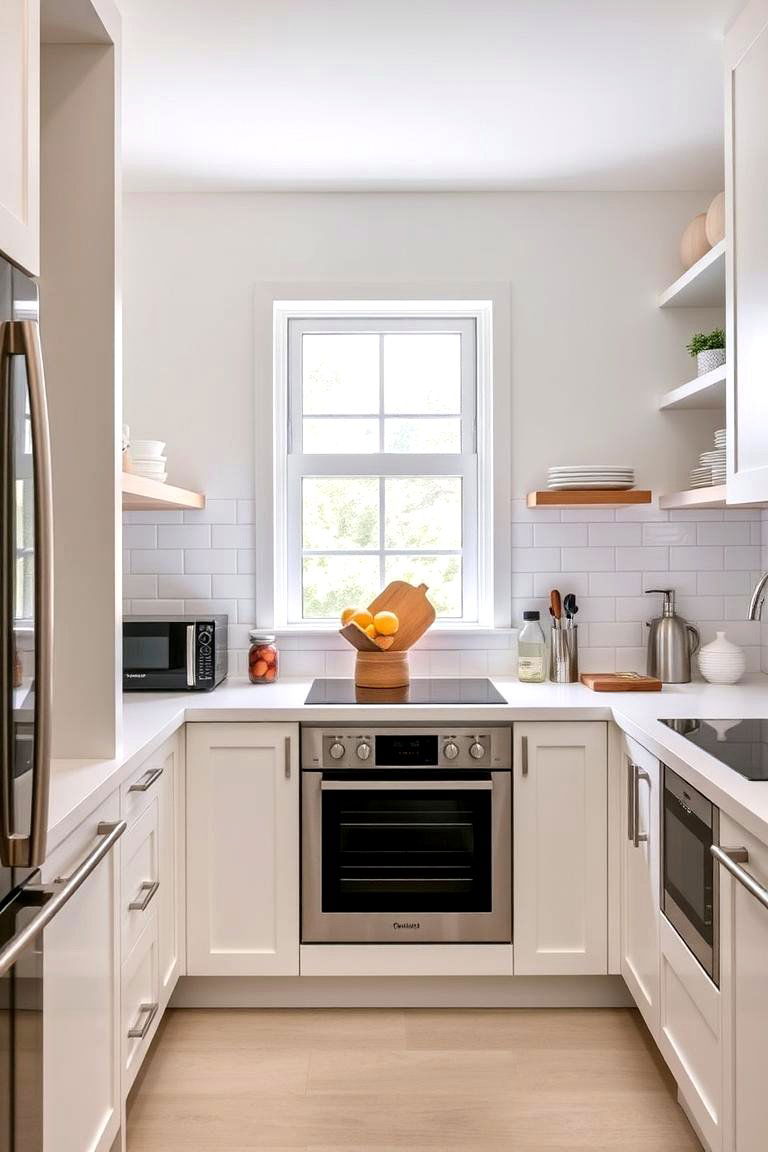
The 1990s saw a significant shift in kitchen design, with a focus on organization and efficiency. Open shelving, streamlined cabinetry, and built-in appliances helped create kitchens that were not only functional but also aesthetically pleasing. The trend of decluttering the kitchen allowed for easy access to everyday items while maintaining a sense of order. With more storage solutions and hidden compartments, kitchens became more than just cooking spaces — they became beautiful, organized hubs that encouraged creativity and productivity.
11. Contemporary Lighting Designs
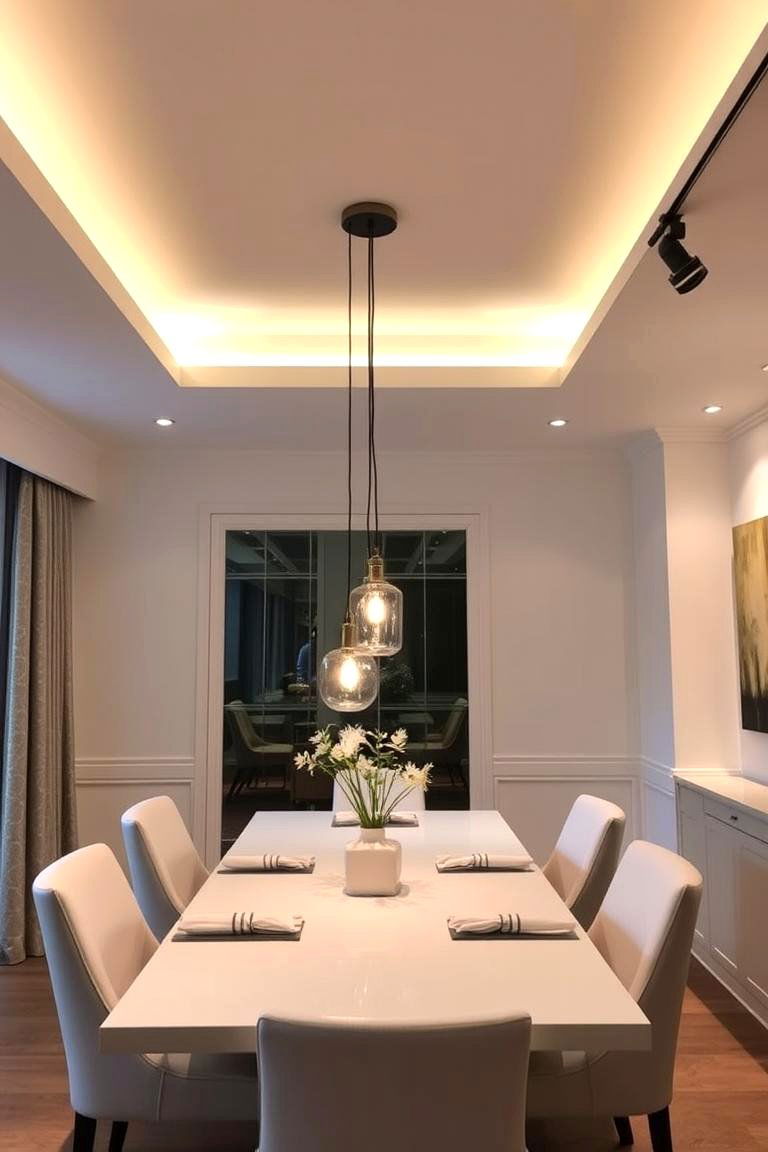
Lighting design in the 1990s became a focal point of interior design, with innovative fixtures adding personality and flair to any room. Recessed lighting, pendant lights, and track lighting became popular choices for both function and style. Lighting was no longer just about visibility — it became an essential design element that could set the mood and tone of a space. The strategic use of lighting helped highlight architectural features and key design elements, creating spaces that felt both inviting and dynamic.
12. Statement Rugs
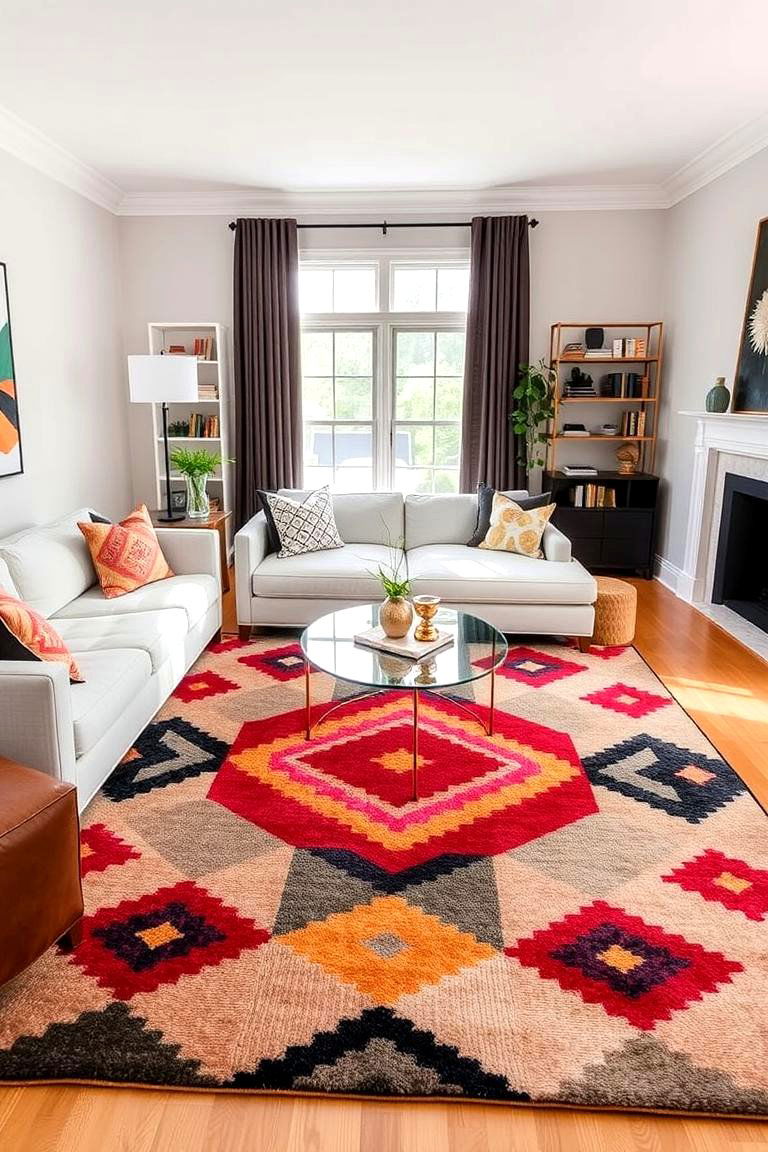
Rugs played a crucial role in the 1990s interior design, becoming statement pieces that added warmth, texture, and personality to rooms. Bold patterns, intricate designs, and vibrant colors transformed the humble rug into a focal point of the space. Whether used to tie together a room’s color scheme or to inject a pop of color into a neutral space, statement rugs became a way to infuse a room with style and energy. Their ability to define a space and make it feel more complete made them an essential part of '90s interiors.
13. Mixing of High and Low Furniture Styles
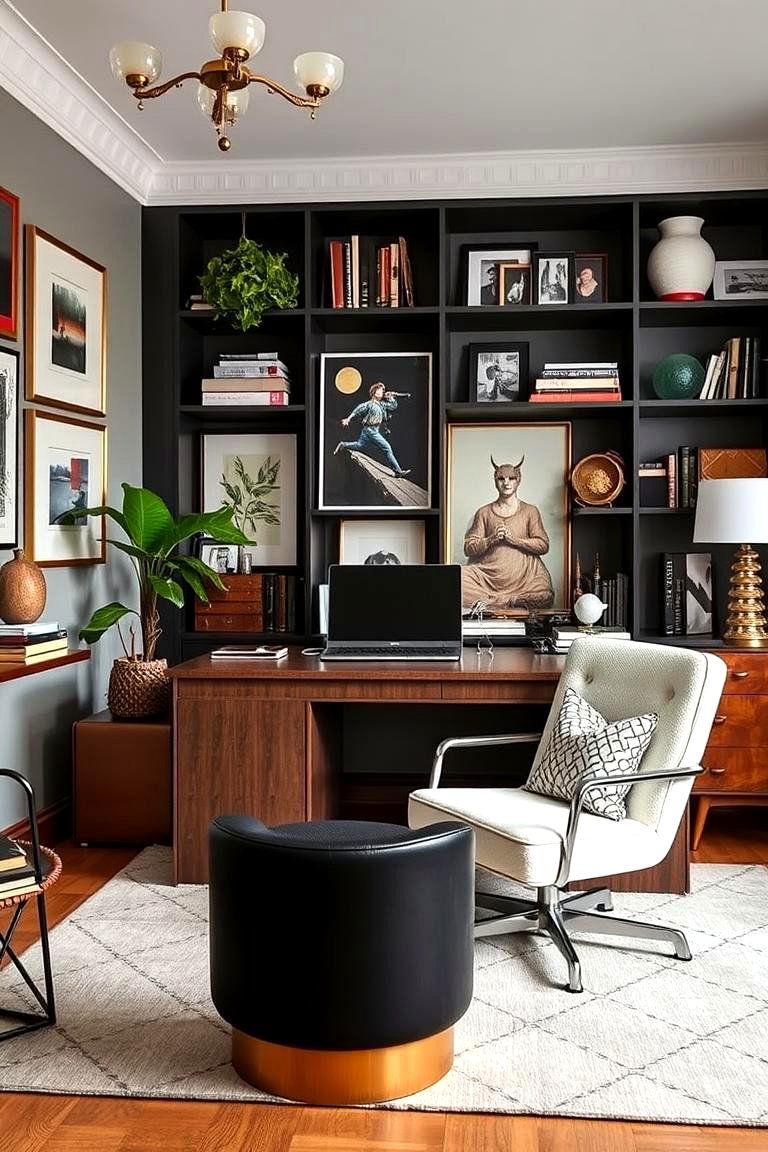
One of the defining features of 1990s interior design was the eclectic mix of high-end designer furniture with more affordable, everyday pieces. This blending of luxury and practicality allowed homeowners to express their unique style without compromising comfort. Whether it was pairing a vintage armchair with a modern sofa or adding inexpensive accessories to a high-end space, this design trend encouraged individuality and creativity. It allowed people to create spaces that felt personal, approachable, and functional, all while maintaining a sense of style.
14. The New Age of Wall Art
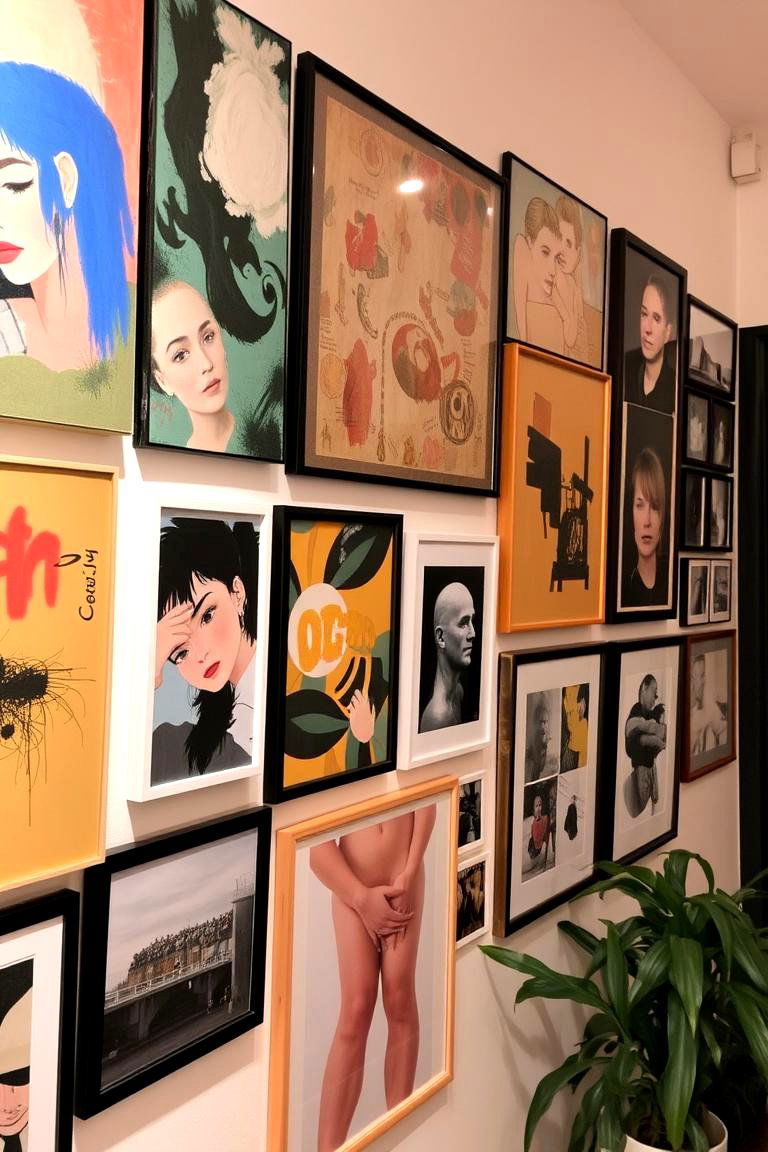
Wall art in the 1990s shifted from traditional framed paintings to more unconventional, contemporary pieces. Bold abstract paintings, posters, and even framed photographs began to fill the walls of many homes. This period saw a rise in creating personal art collections, with individuals choosing works that spoke to their own tastes and experiences. Wall art became a way to personalize spaces, turning bare walls into canvases for self-expression and creativity.
15. Leather Furniture
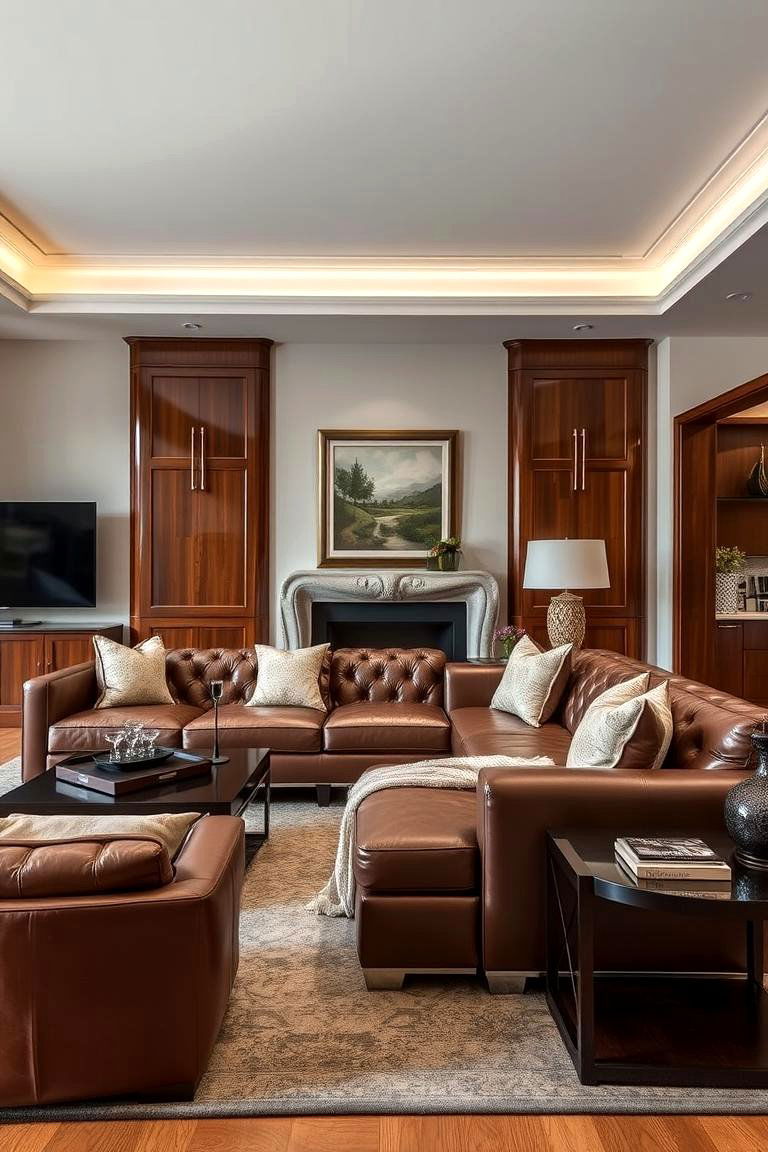
Leather furniture was a staple in 1990s homes, particularly in living rooms and offices. Its sleek, polished appearance added a touch of luxury and sophistication to spaces, while its durability ensured that it would stand the test of time. Leather sofas and armchairs became a favorite for those seeking a timeless, high-end look. The material’s ability to age gracefully, developing a patina over time, made it a perfect investment piece for homeowners looking for both style and longevity in their furniture choices.
16. Sleek, Modern Kitchens
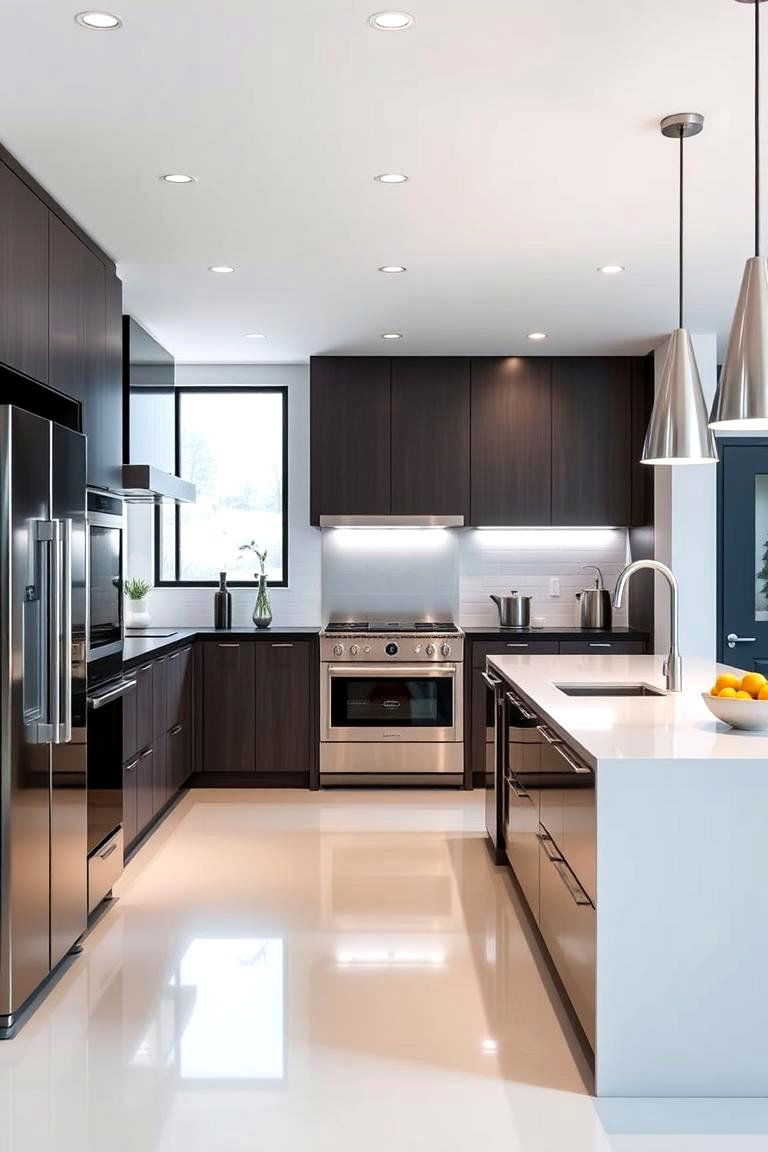
The 1990s also saw the evolution of modern kitchen designs, characterized by clean lines, high-tech appliances, and minimalist aesthetics. Stainless steel became the material of choice for countertops, appliances, and even backsplashes, offering a sleek, industrial look that complemented contemporary designs. The focus shifted from ornate details to function and practicality, making kitchens both beautiful and efficient. This modern approach created spaces where cooking and entertaining could happen seamlessly, often blending with living areas to form an integrated, open-plan design.
17. Neon Accents and Bright Colors
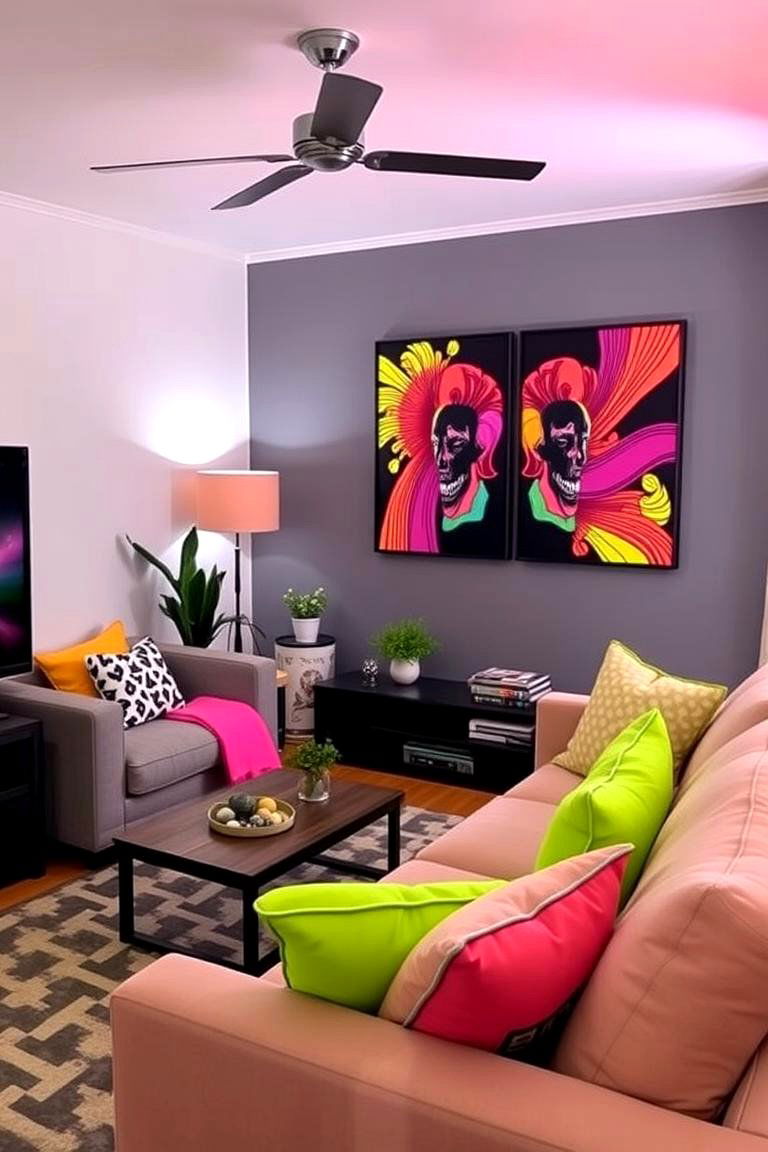
The neon trend exploded in the 1990s, adding vibrant pops of color to spaces. Bright neon greens, pinks, and yellows were often used as accents in everything from furniture to wall decor. These bold colors created a playful, energetic atmosphere in interiors, especially in more youthful spaces like bedrooms and entertainment areas. While not every room embraced neon, these electrifying shades were a perfect fit for spaces that aimed to reflect the spirit of the 1990s — lively, bold, and unapologetically fun.
18. The Influence of Japanese Design
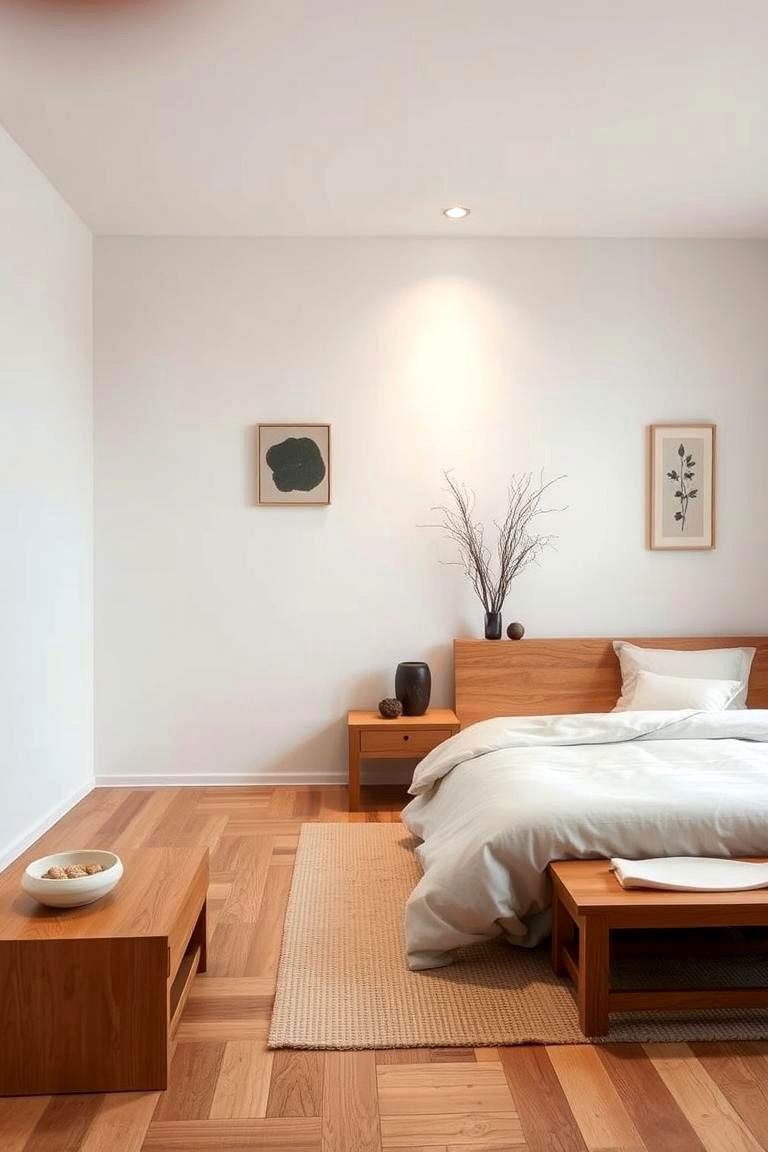
Japanese design principles, such as simplicity, minimalism, and a focus on nature, made a significant impact on 1990s interiors. This influence can be seen in the use of natural materials like wood, bamboo, and stone, as well as the emphasis on clean lines and uncluttered spaces. Japanese-inspired interiors prioritized tranquility and harmony, creating serene spaces that invited relaxation. The subtle beauty of Japanese design offered a perfect balance to the more chaotic or bold trends of the time, providing a peaceful retreat in the midst of modern life.
19. Vintage Appliances in the Kitchen
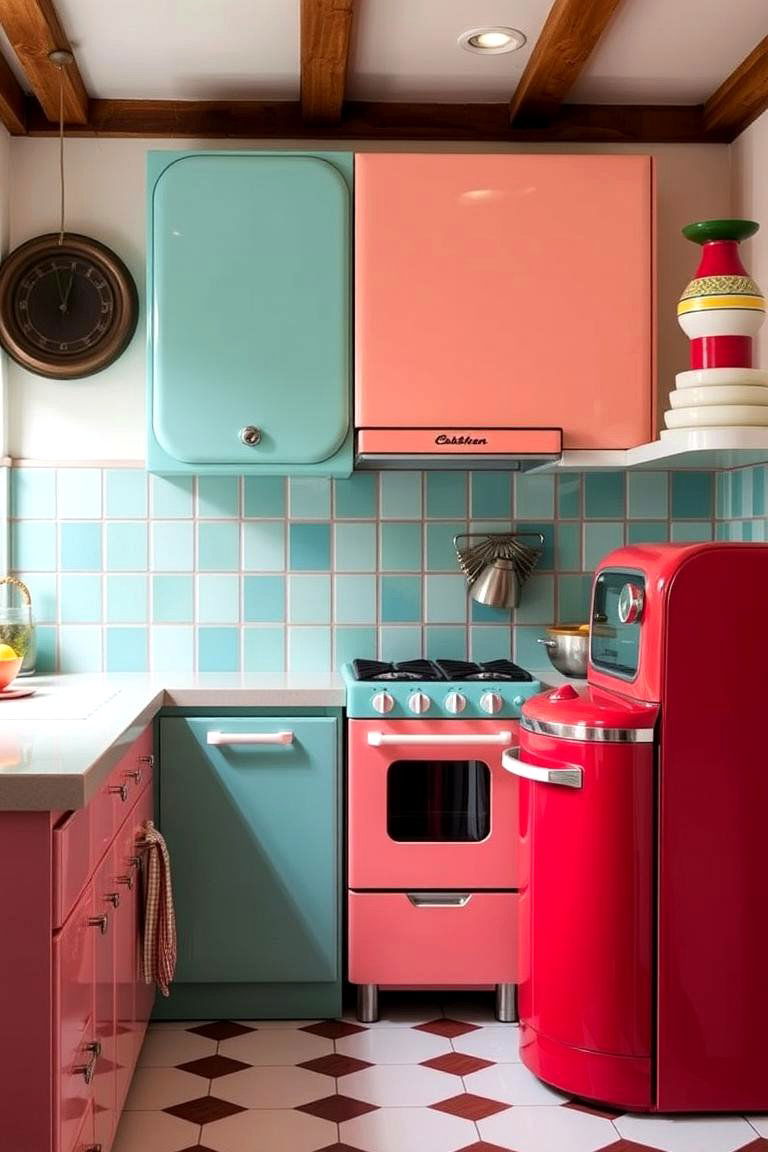
Vintage-inspired appliances made a comeback in the 1990s, bringing a nostalgic charm to kitchens. The retro look of refrigerators, stoves, and dishwashers with rounded edges and bold colors added personality and fun to the kitchen space. These appliances were not just about aesthetics — they also reflected the practicality of old-school designs, offering durability and functionality while maintaining an iconic look. Vintage appliances became a way to fuse the old with the new, adding a layer of charm to modern kitchens.
20. Custom Built-In Features
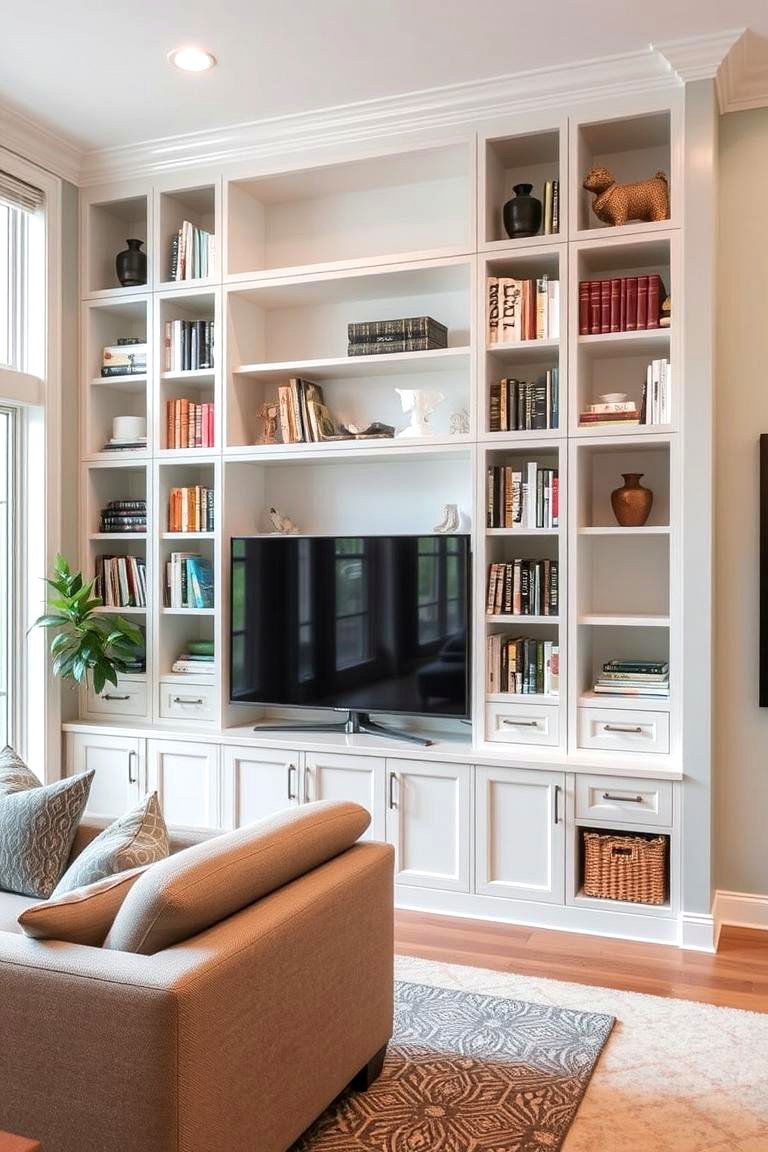
Custom built-ins were a hallmark of 1990s design, offering homeowners the chance to create spaces that were both personalized and highly functional. From custom bookshelves to built-in desks and cabinetry, these features maximized space while providing practical solutions for storage. Built-ins could be designed to fit seamlessly into any room, blending with the overall decor while offering convenient storage options. This design element was perfect for people looking to keep their homes organized and efficient while adding a tailored, sophisticated touch to their interiors.
21. Curved Furniture Designs
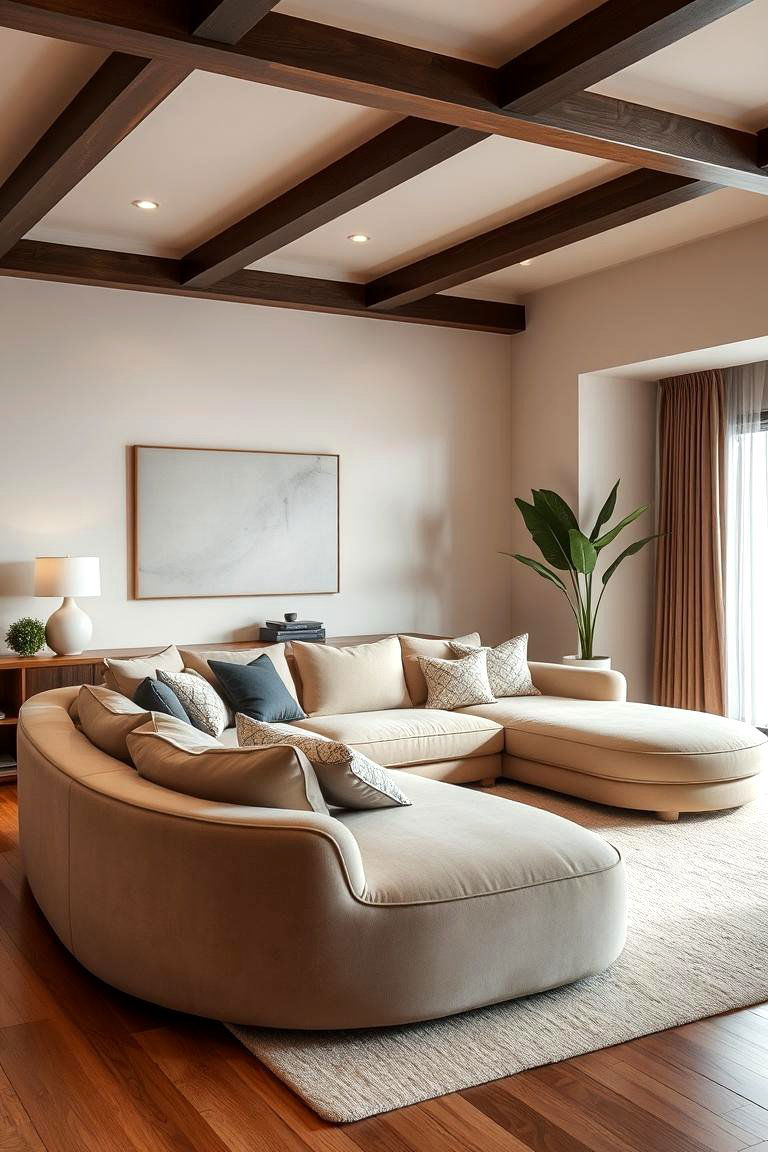
The 1990s saw a shift toward softer, more organic shapes in furniture design. Curved sofas, round coffee tables, and softly rounded armchairs replaced the angular, boxy furniture of previous decades. These fluid lines were designed to evoke a sense of comfort and relaxation, as well as to fit better in open-plan layouts. The addition of curved furniture helped to soften the overall aesthetic of the room, making it feel more inviting and less rigid. This design trend encouraged a more fluid and dynamic approach to how we furnished our living spaces.
22. The Explosion of Tile Patterns
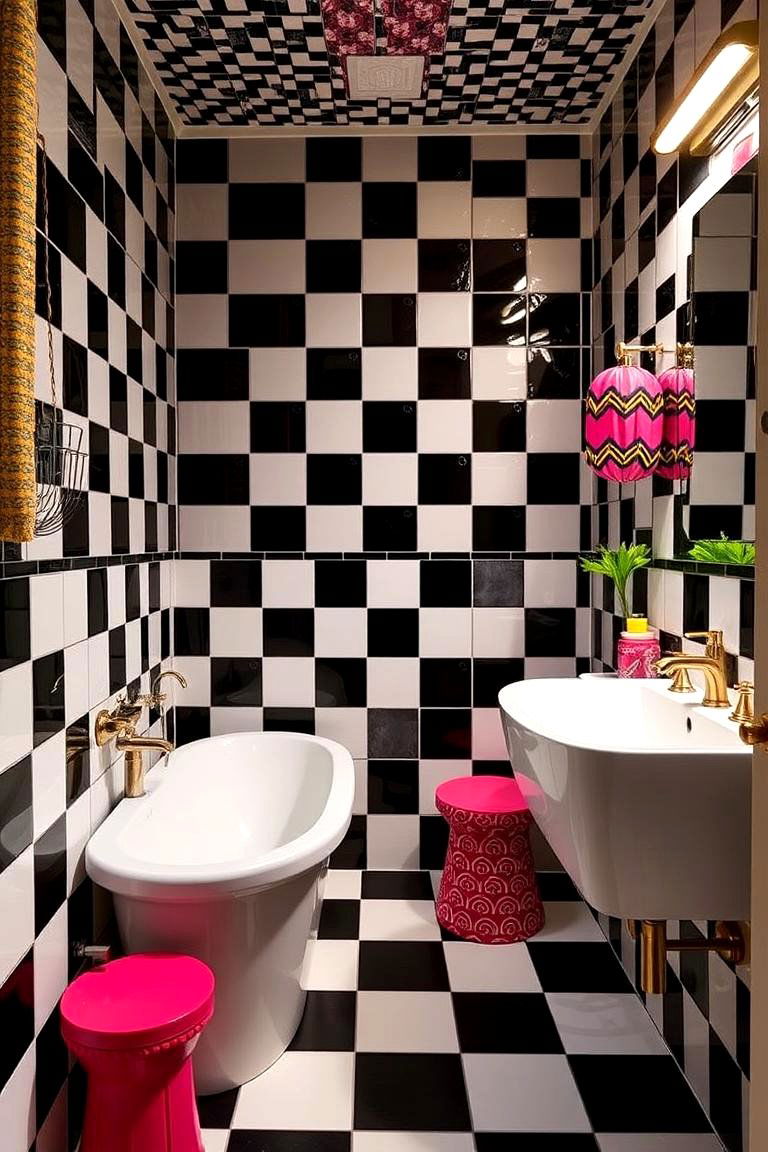
Tiles, particularly in kitchens and bathrooms, were a prominent feature in 1990s interior design. Bold tile patterns, from checkerboards to intricate mosaics, added an element of surprise and texture to these often-overlooked spaces. Tiles in contrasting colors and bold shapes helped create focal points, making kitchens and bathrooms more visually dynamic. Whether on walls, floors, or backsplashes, tile designs were used to infuse a sense of personality and character into spaces that were typically more utilitarian.
23. The Rise of Home Offices
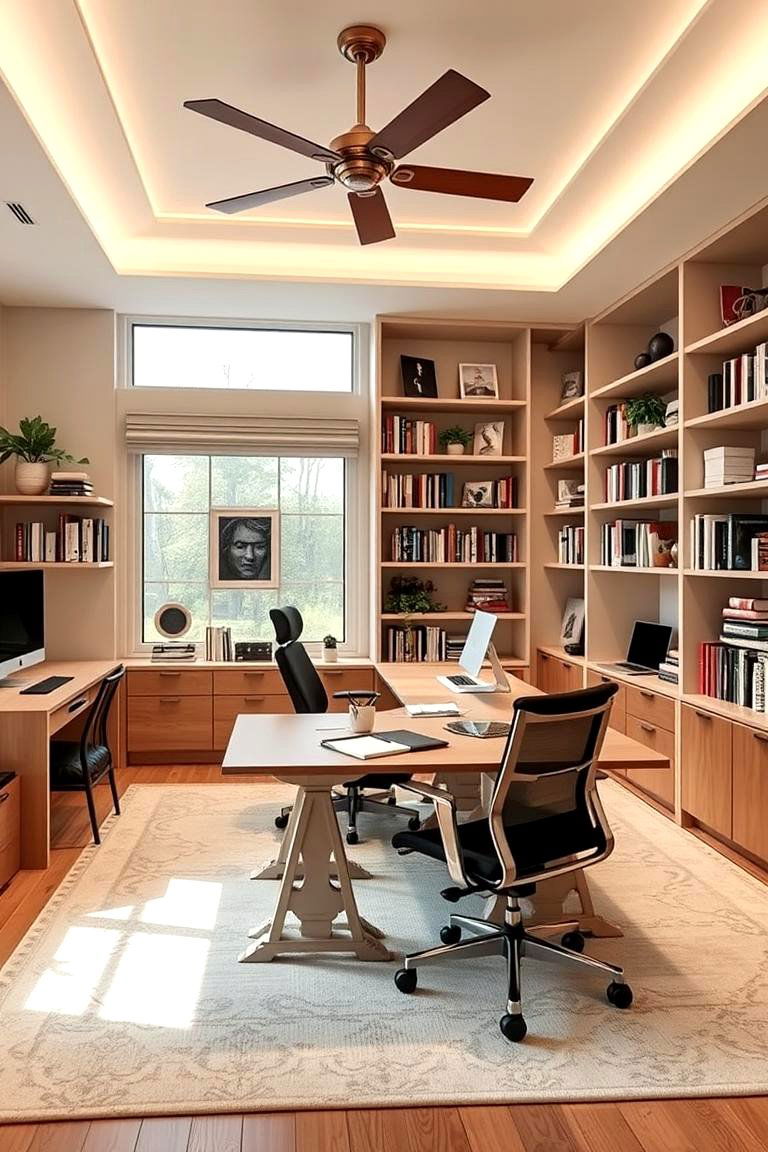
The 1990s marked a significant shift in how we worked and where we worked. As more people began working from home, dedicated home office spaces became increasingly popular. These spaces were designed for both function and style, with ergonomic furniture, ample lighting, and personalized decor. The rise of home offices encouraged productivity while maintaining a comfortable, personal atmosphere. With the advent of technology, these spaces also incorporated computer desks, storage solutions, and other office essentials, blending work with home life.
24. Shabby Chic Style
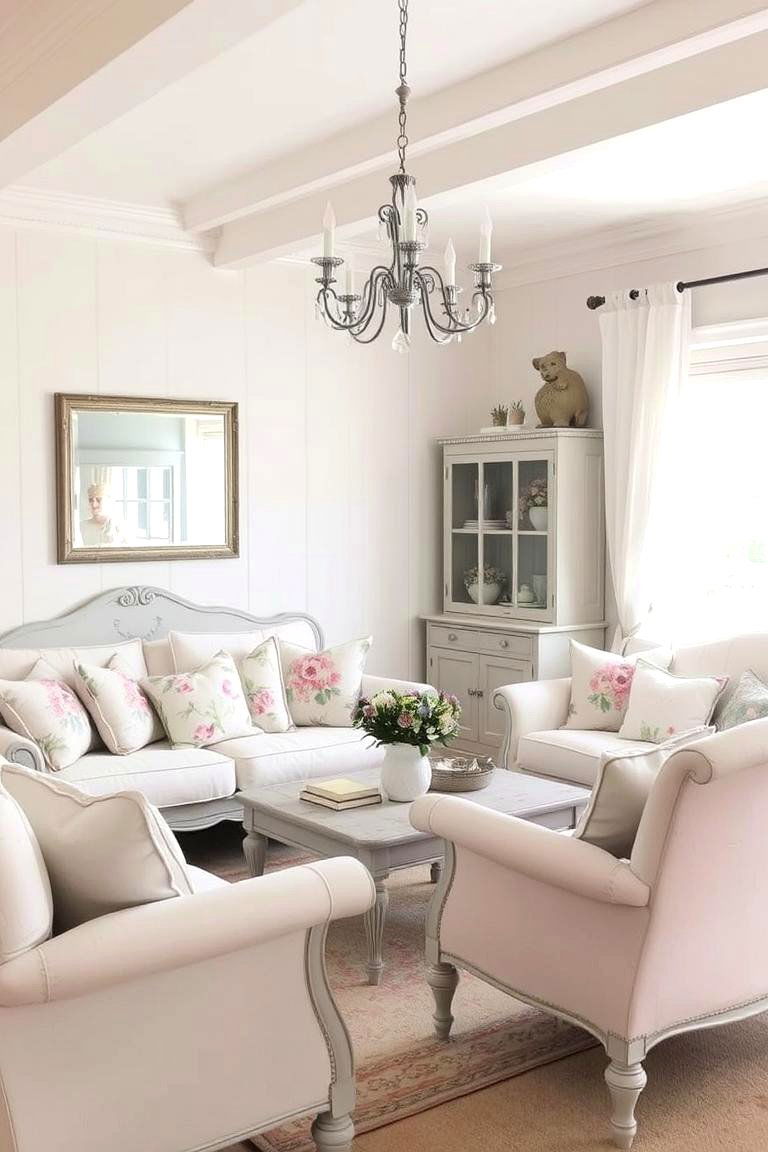
The Shabby Chic style became a beloved trend in the 1990s, blending vintage charm with a relaxed, lived-in feel. Distressed furniture, floral patterns, and soft pastel colors were key elements of this design style. Shabby Chic interiors were designed to look collected over time, with an emphasis on comfort and coziness. The use of vintage or antique furniture added character and warmth to spaces, while soft, muted colors created a calming atmosphere. This style was perfect for those who appreciated the beauty of imperfection.
25. The Return of Floral Prints
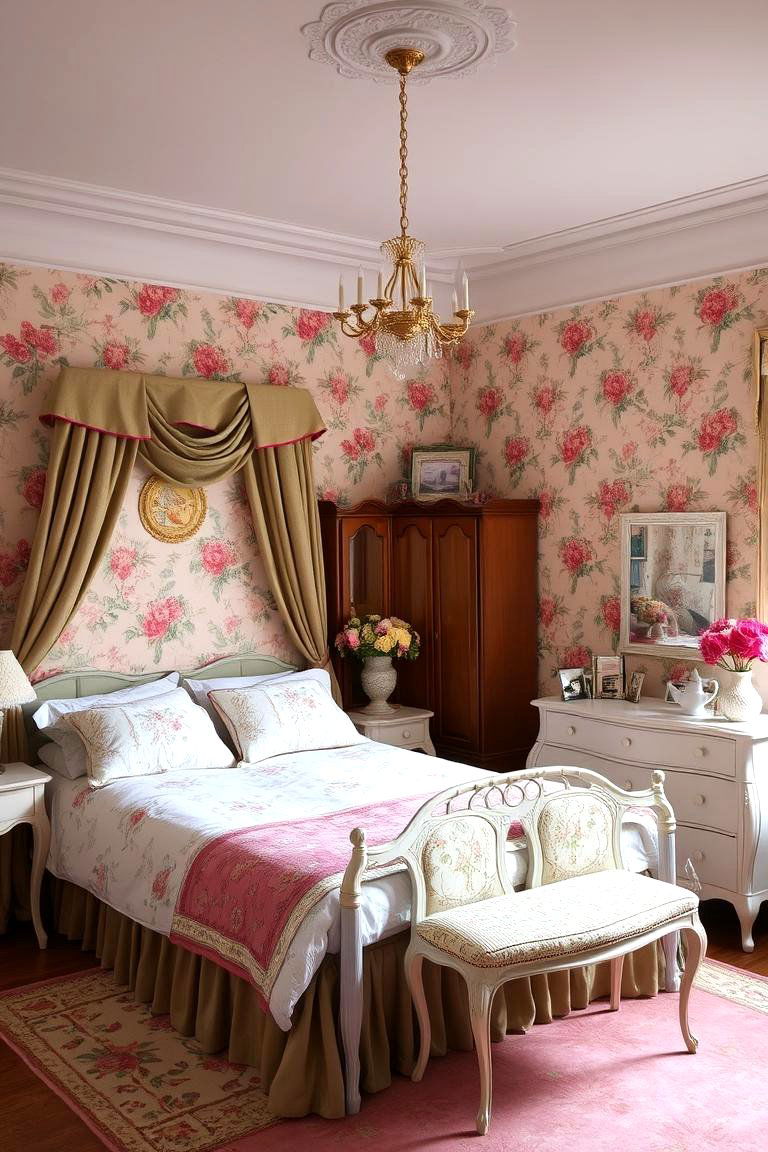
Floral prints made a strong comeback in the 1990s, gracing everything from upholstery to wallpaper and bedding. These prints, often in soft pastel colors, added a touch of romance and vintage charm to interiors. Floral designs were used to inject personality into rooms, often making a bold statement while maintaining a sense of softness. Whether in small doses or as a dominant feature, floral prints helped to create warm, welcoming spaces that felt both timeless and contemporary.
26. Natural Stone Surfaces
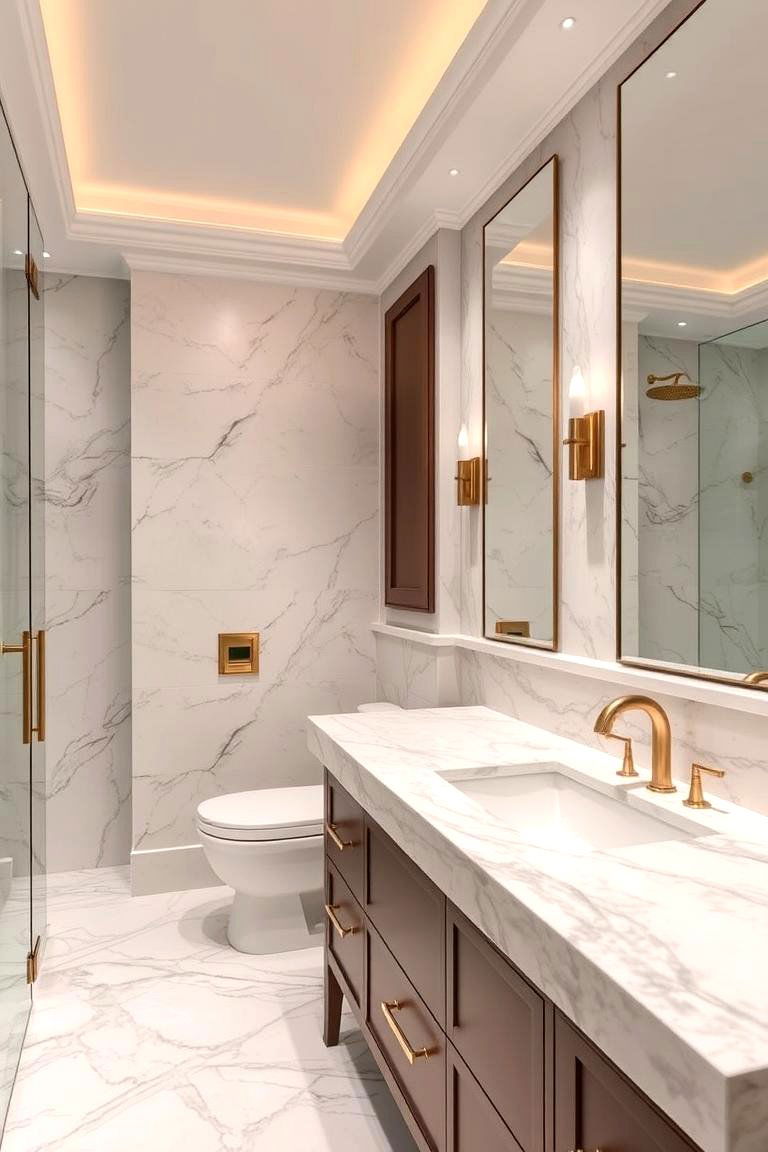
The use of natural stone surfaces, such as granite and marble, became increasingly popular in the 1990s. These materials were favored for their durability, elegance, and timeless appeal. Marble countertops and granite tiles added a touch of luxury to kitchens and bathrooms, while their natural patterns brought a sense of texture and depth to the space. Natural stone surfaces became a symbol of high-end design, helping to elevate interiors and create a sense of sophistication that remained relevant for decades.
27. The Blend of Classic and Contemporary
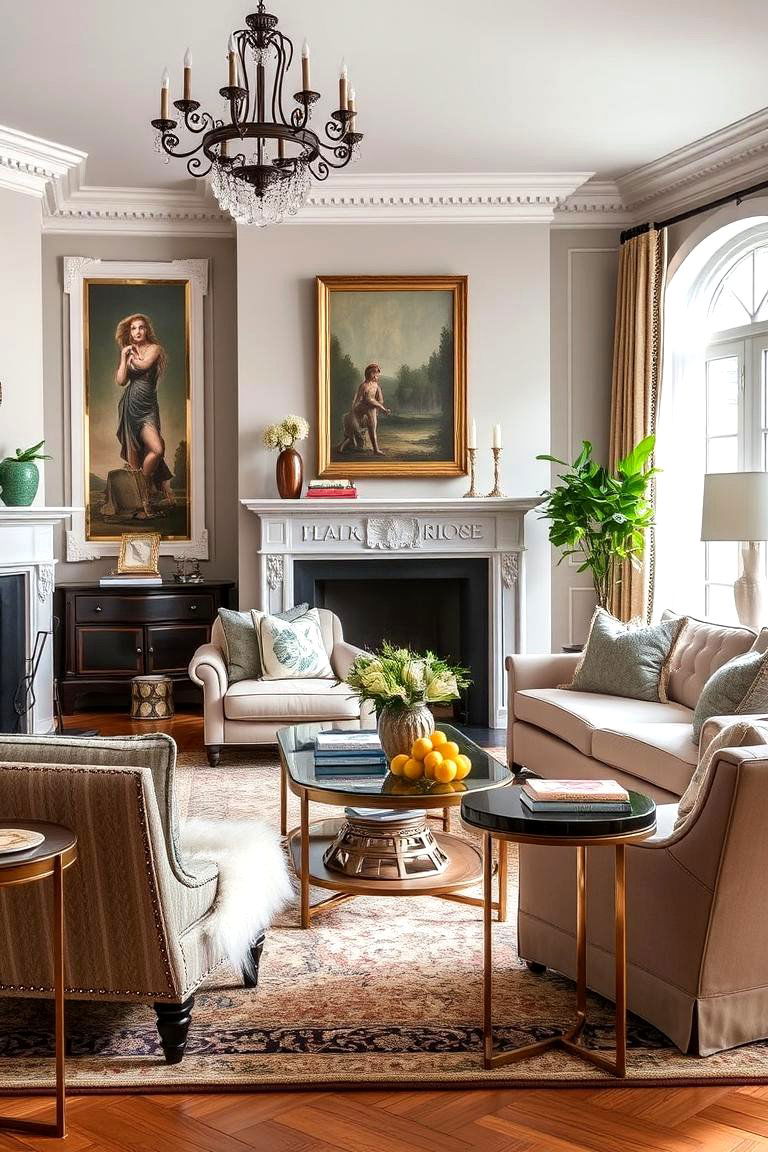
In the 1990s, many interiors blended classic elements with contemporary designs, creating spaces that felt both timeless and fresh. Traditional furniture styles were often mixed with modern accessories, creating a balanced look that avoided feeling too dated or too trendy. This fusion of old and new allowed homeowners to create interiors that were rich in history yet forward-thinking. By blending classic and contemporary elements, people were able to express their personal style while keeping their homes both elegant and on-trend.
Conclusion:
The 1990s was a decade marked by innovation, bold design choices, and a fusion of modern aesthetics with vintage elements. The interior design trends of this era allowed for creativity, self-expression, and a focus on practicality that continues to influence design today. From open layouts to vintage furniture, the 1990s created a foundation for many of the trends we embrace in contemporary interior design. Whether you want to incorporate bold patterns or embrace the minimalist approach, these 27 interior design ideas offer timeless inspiration to transform your living space.


